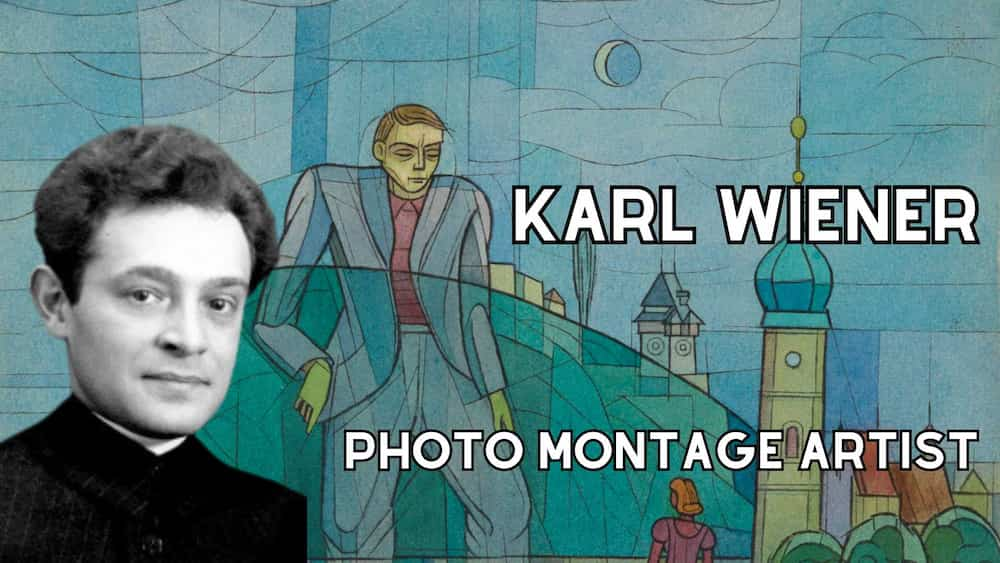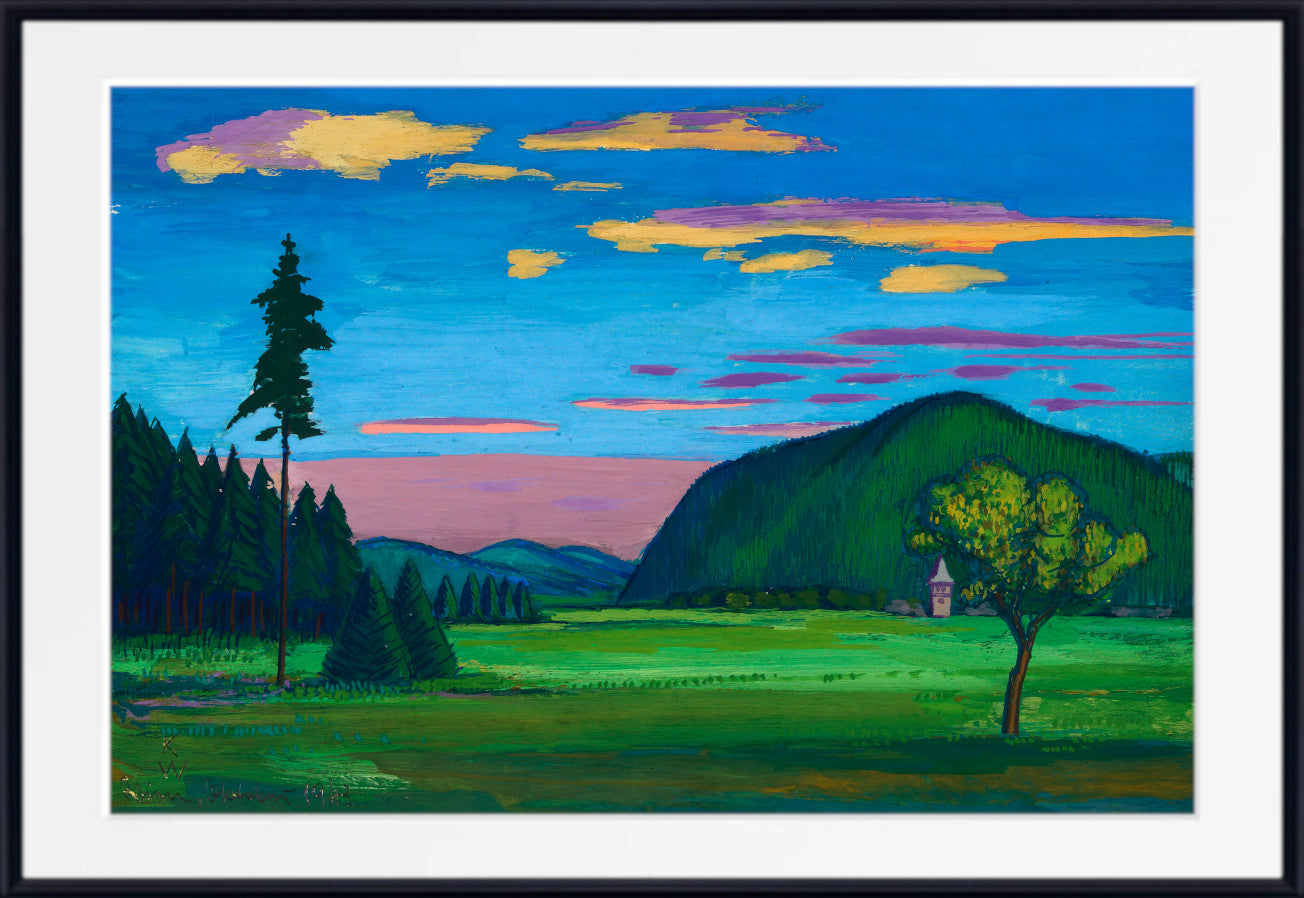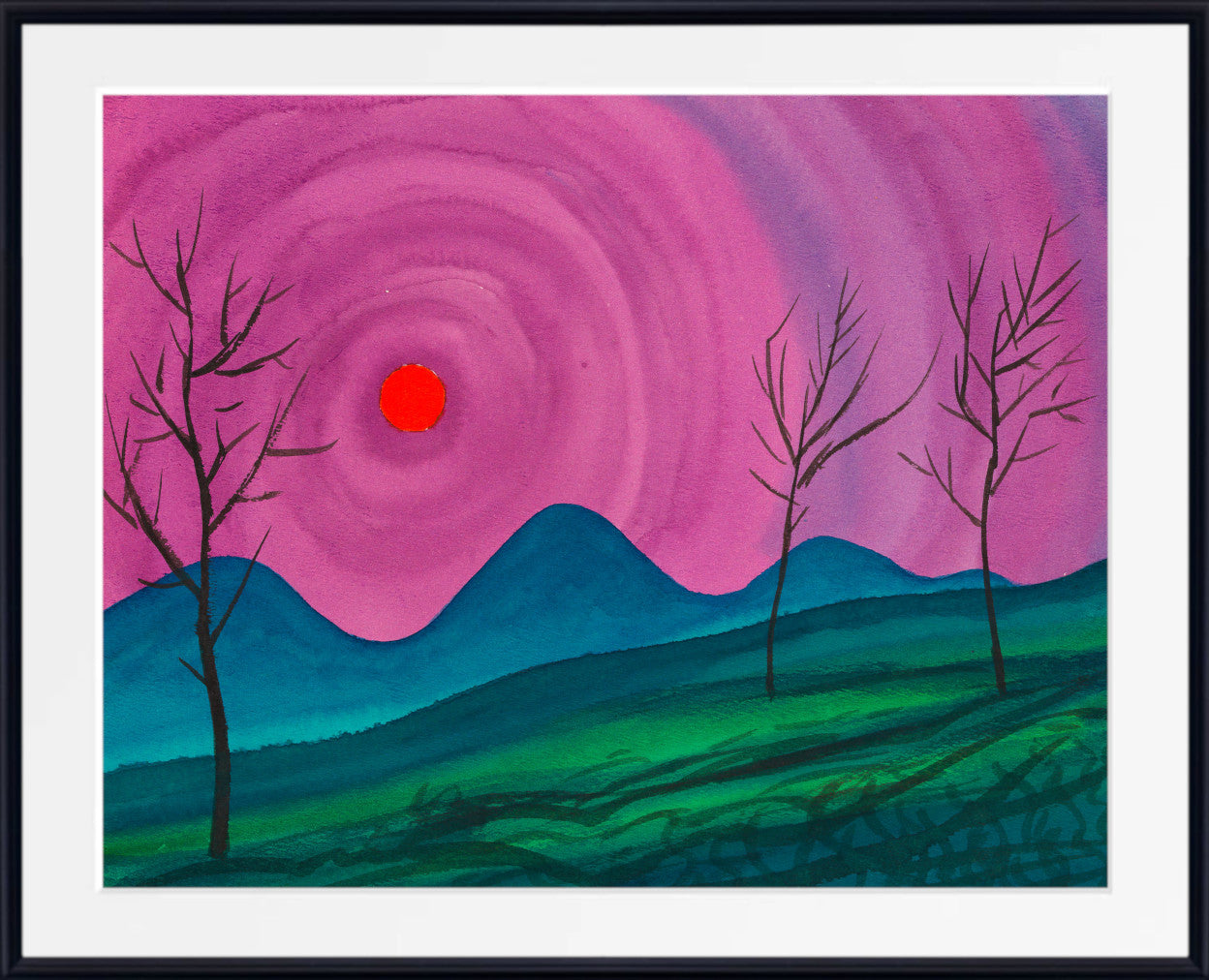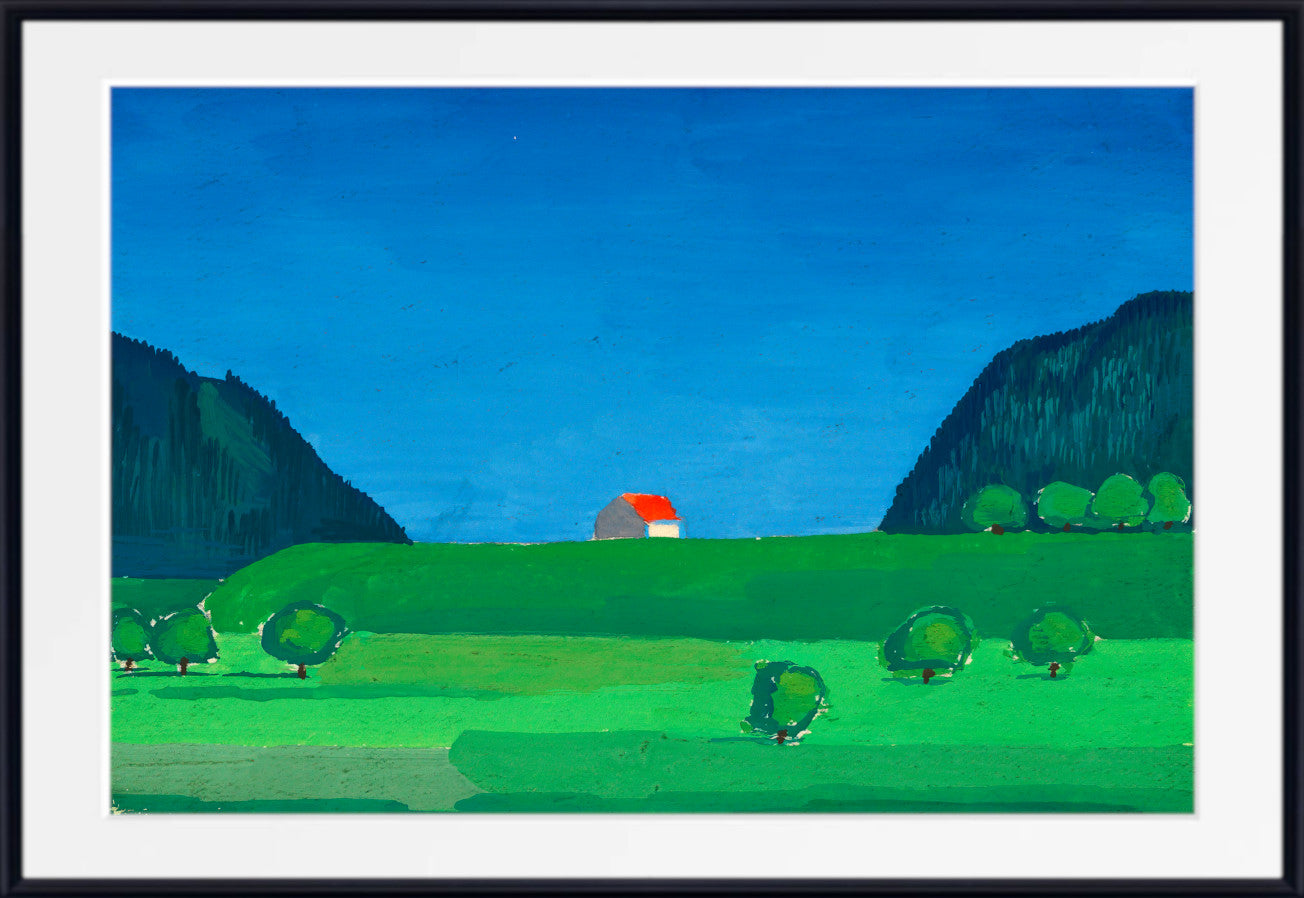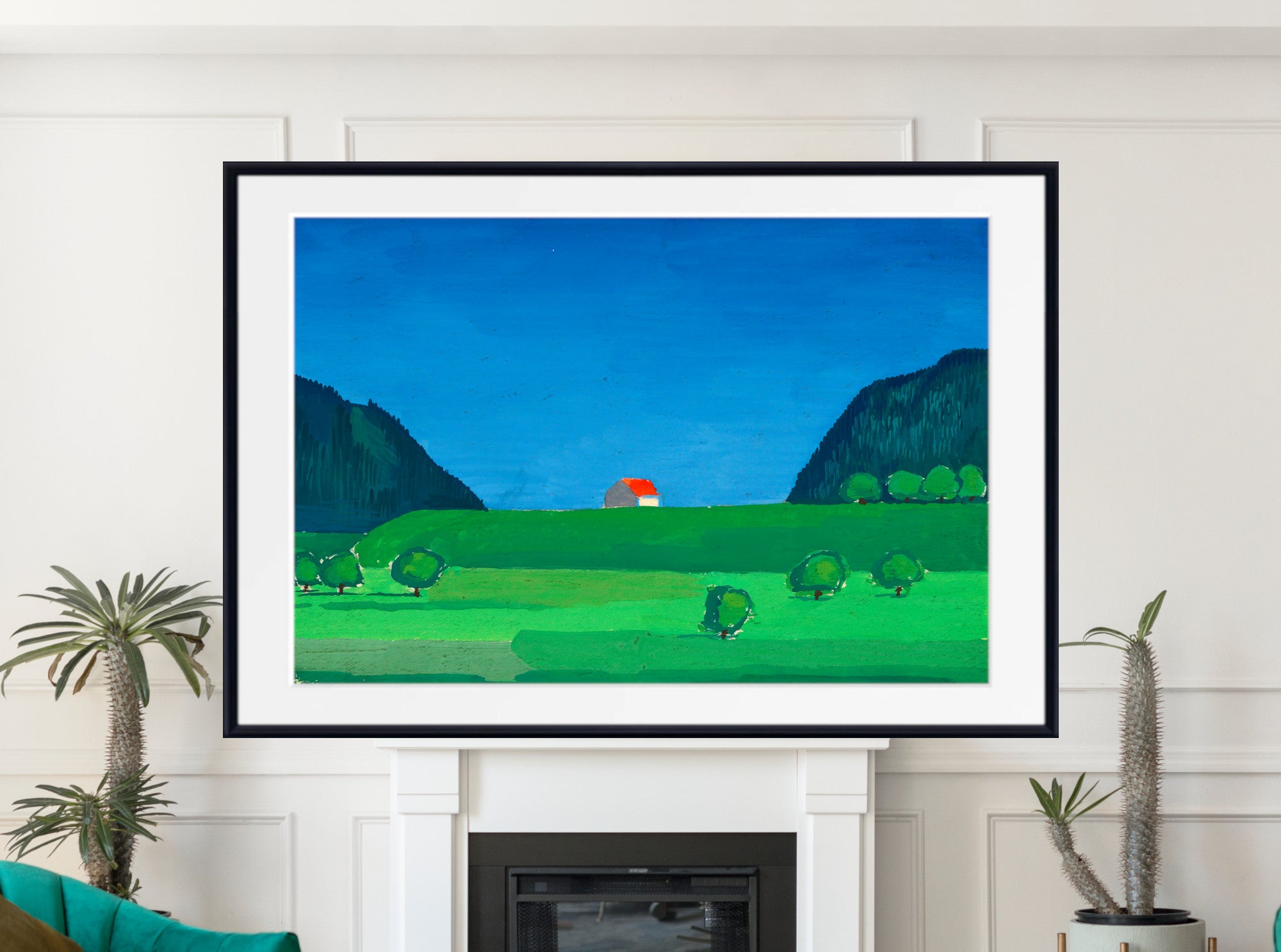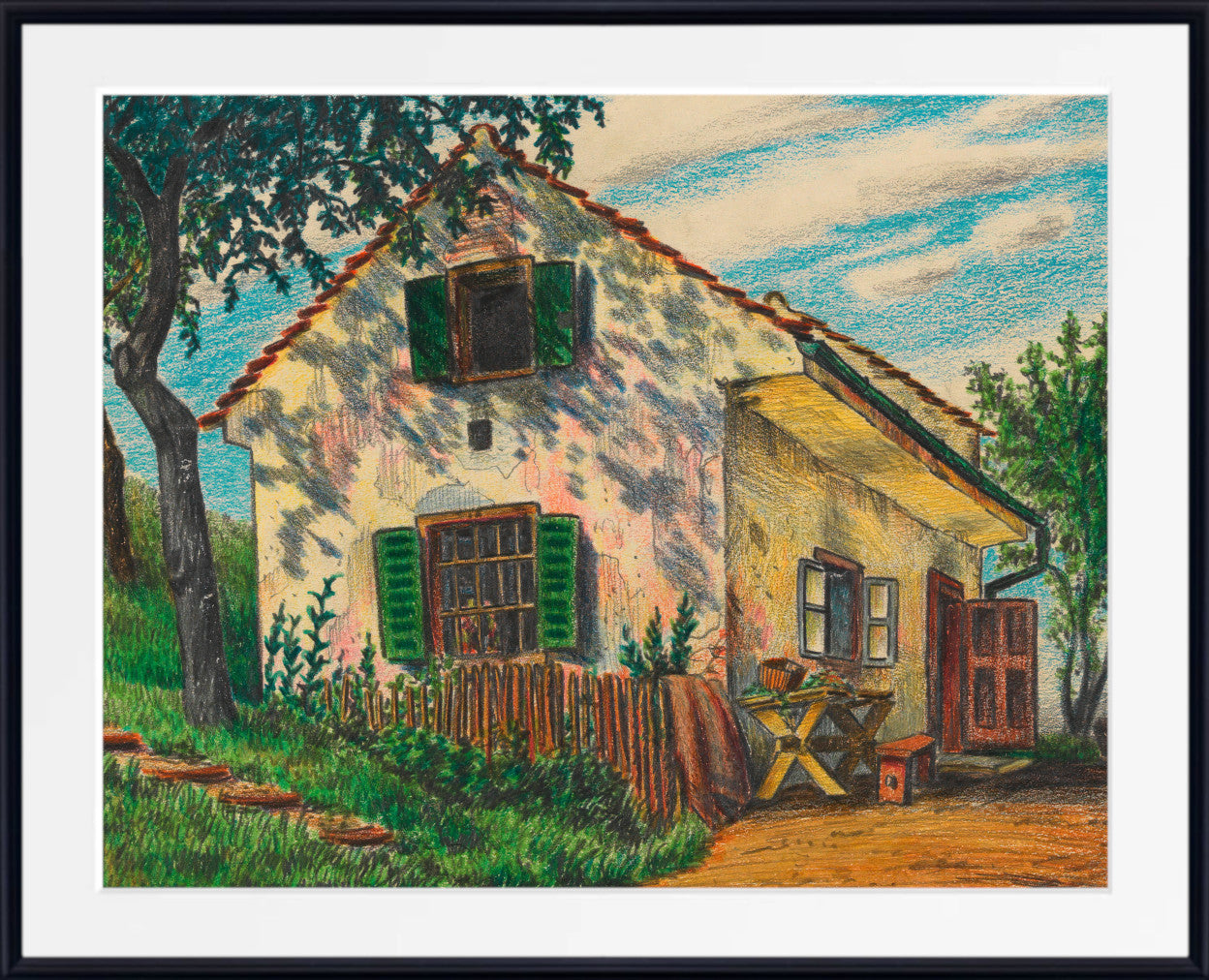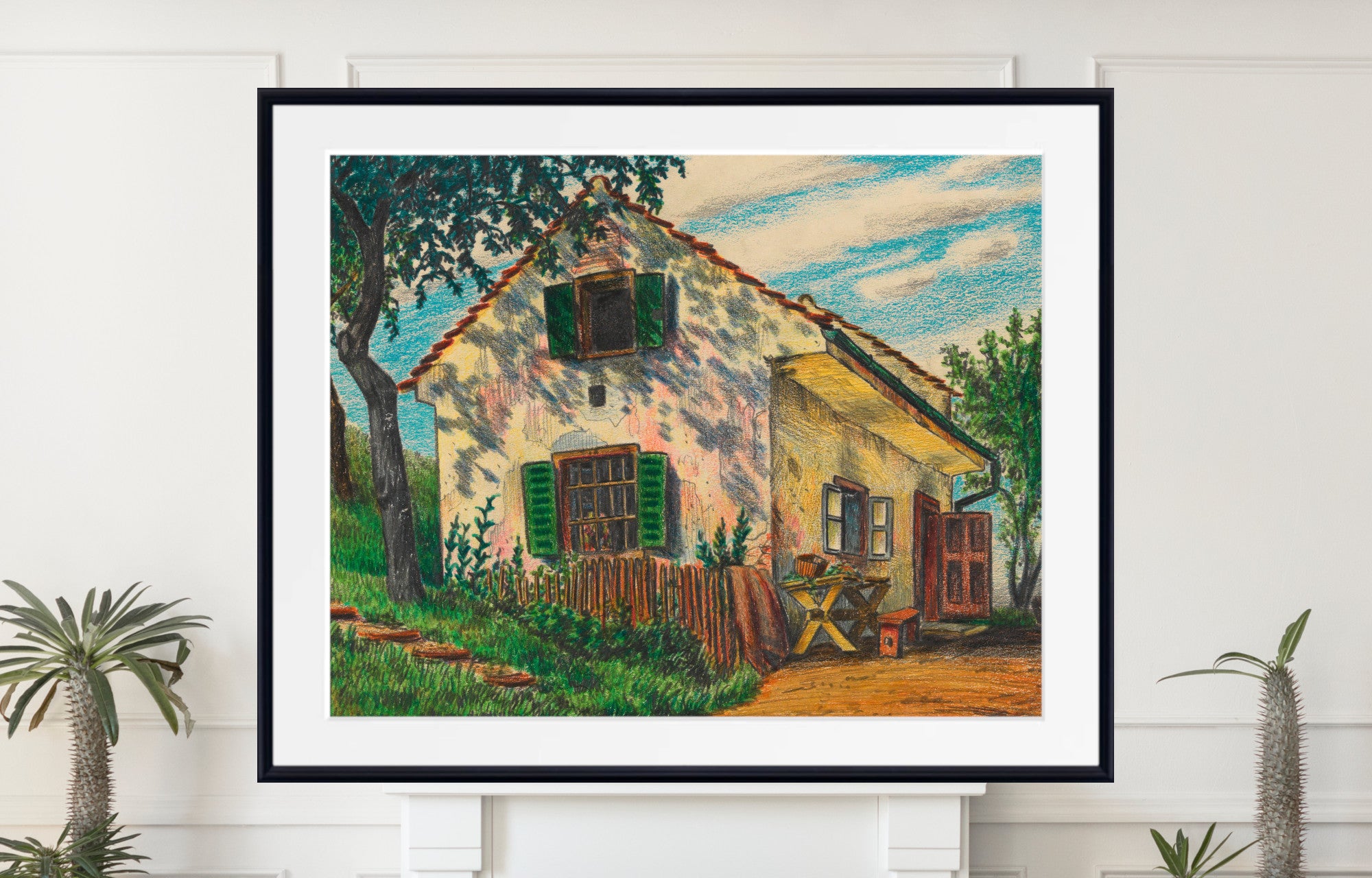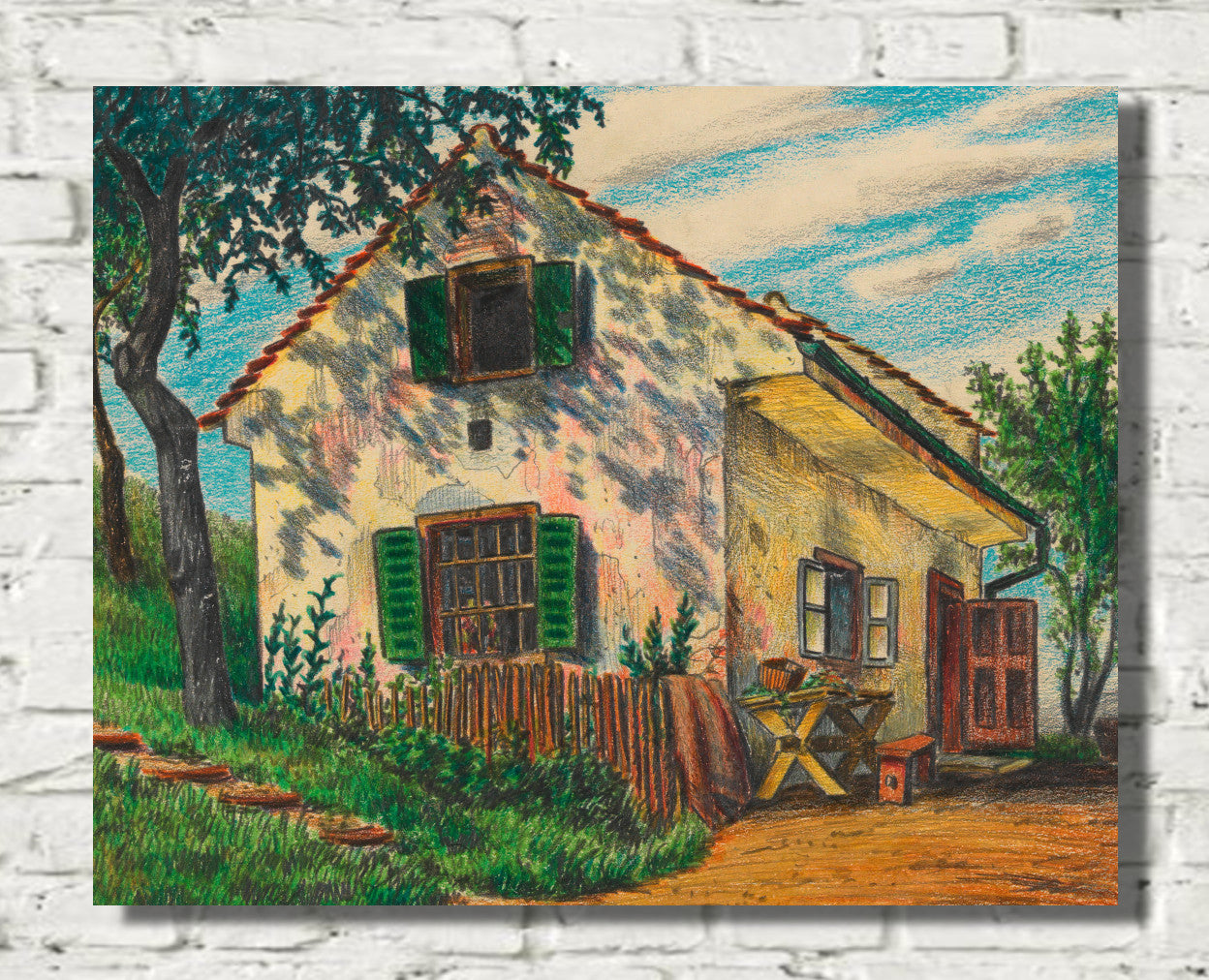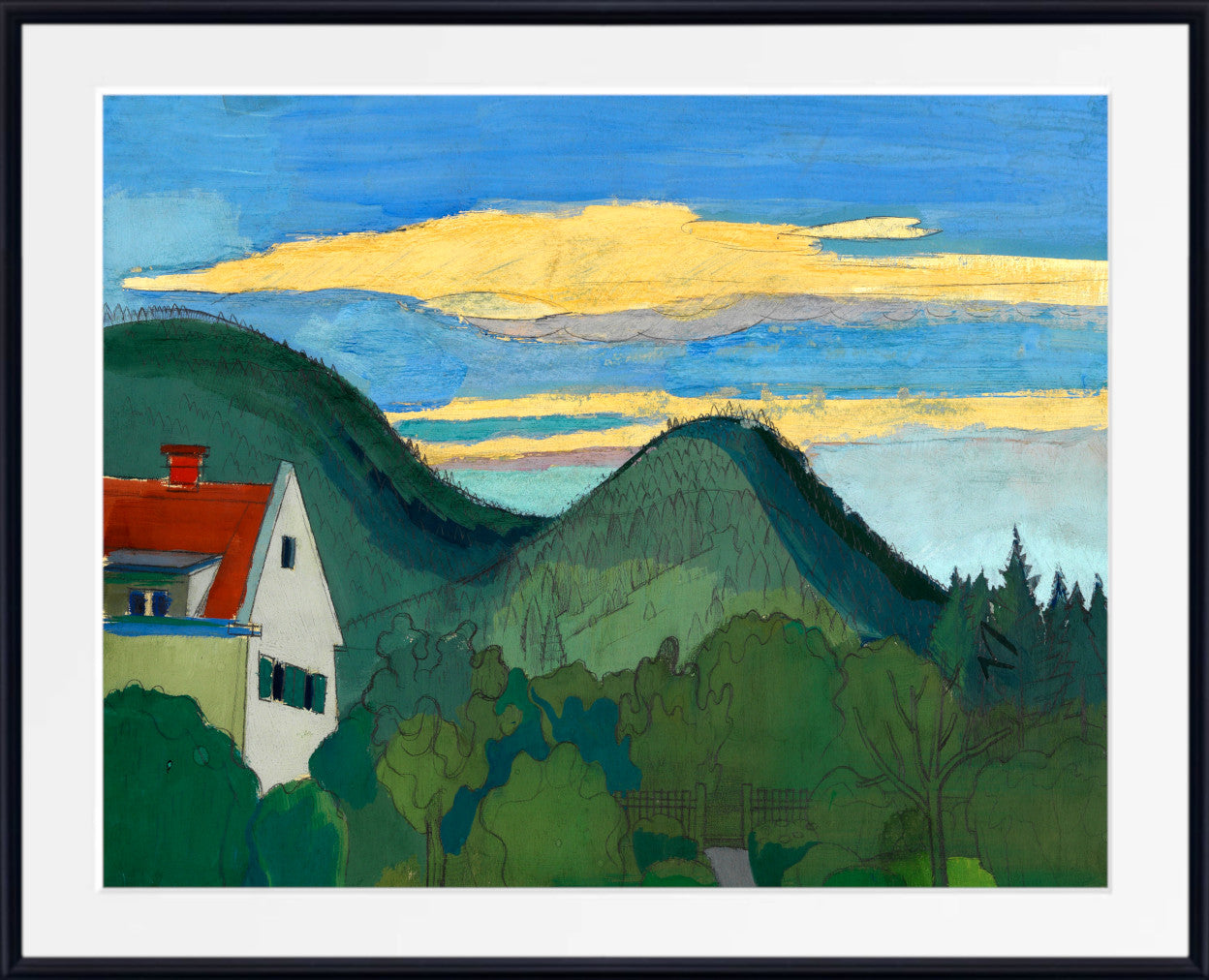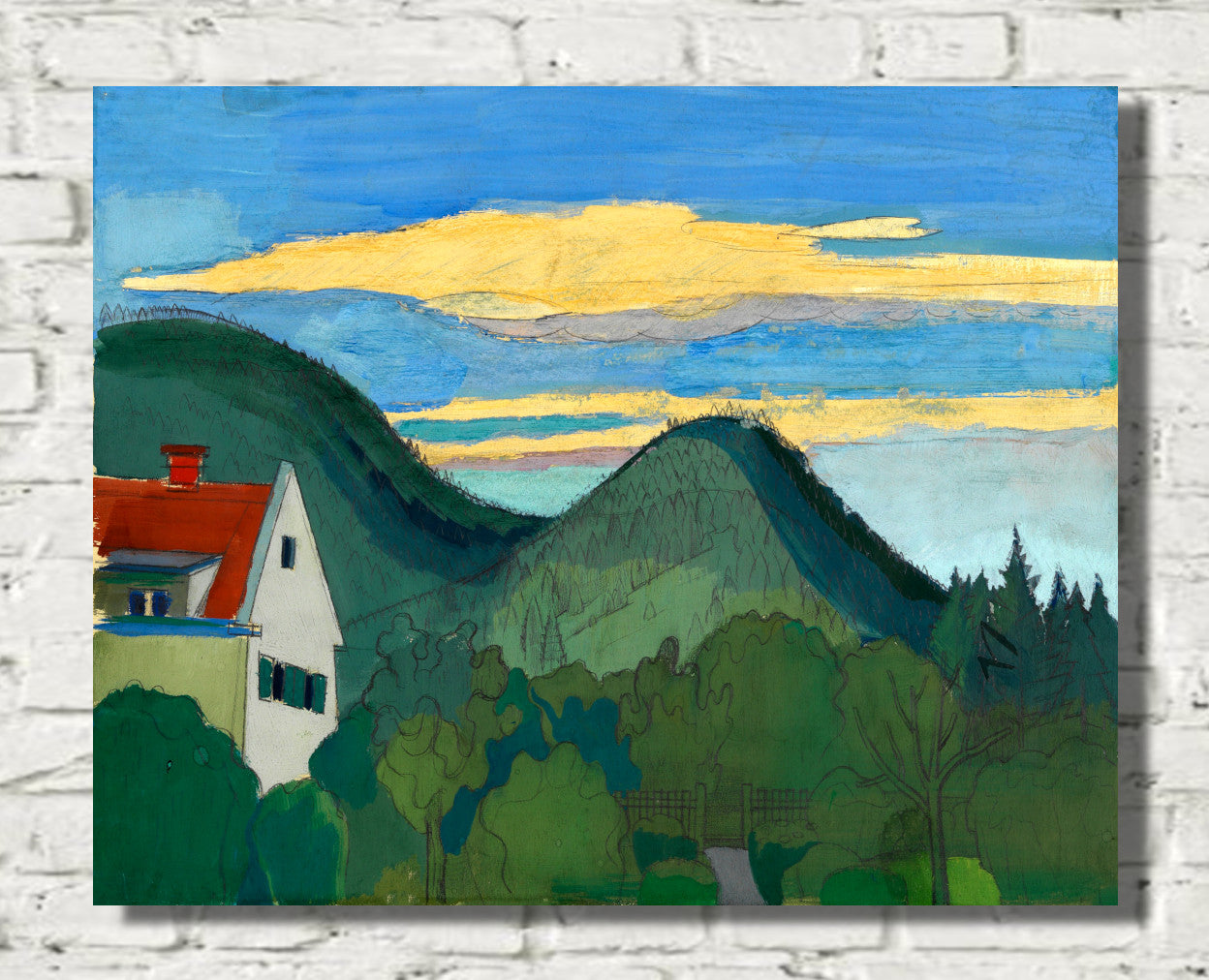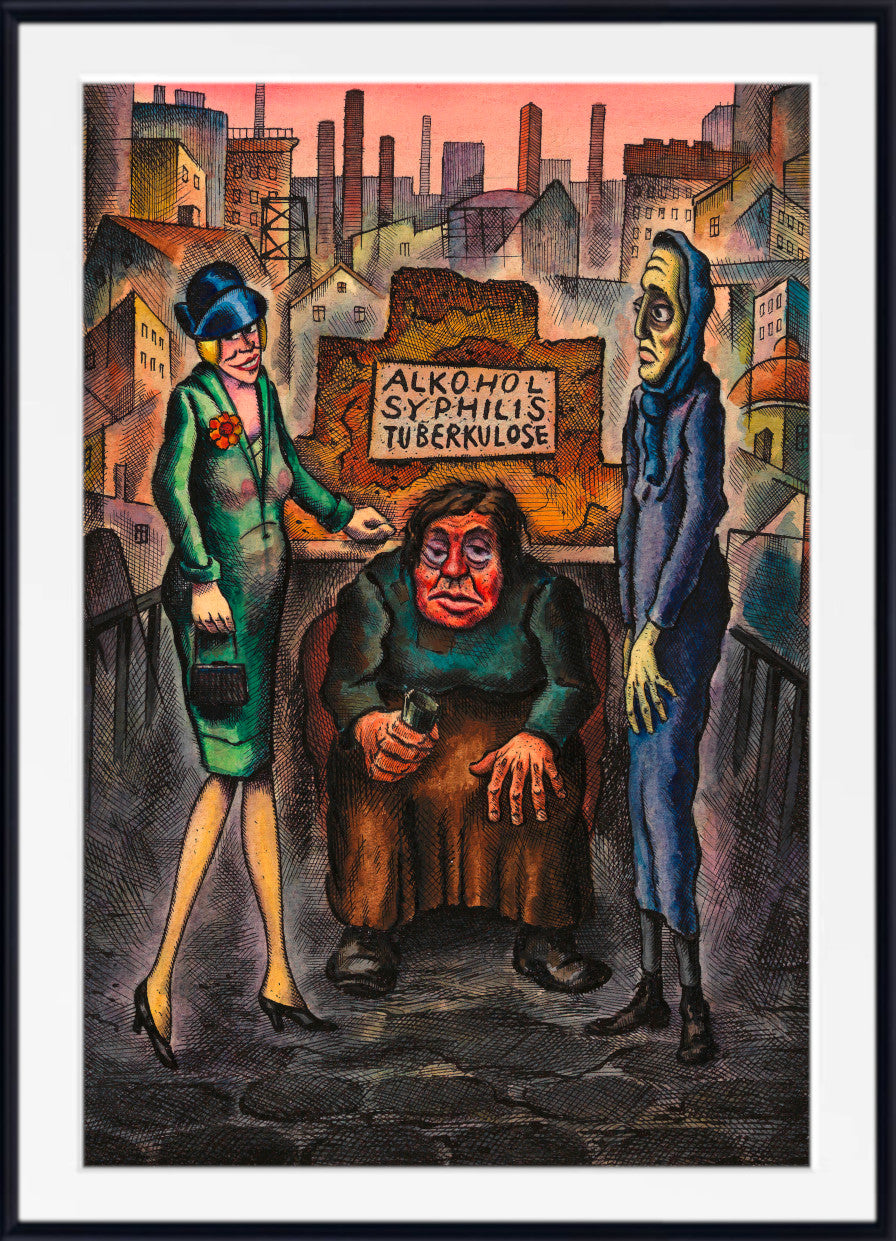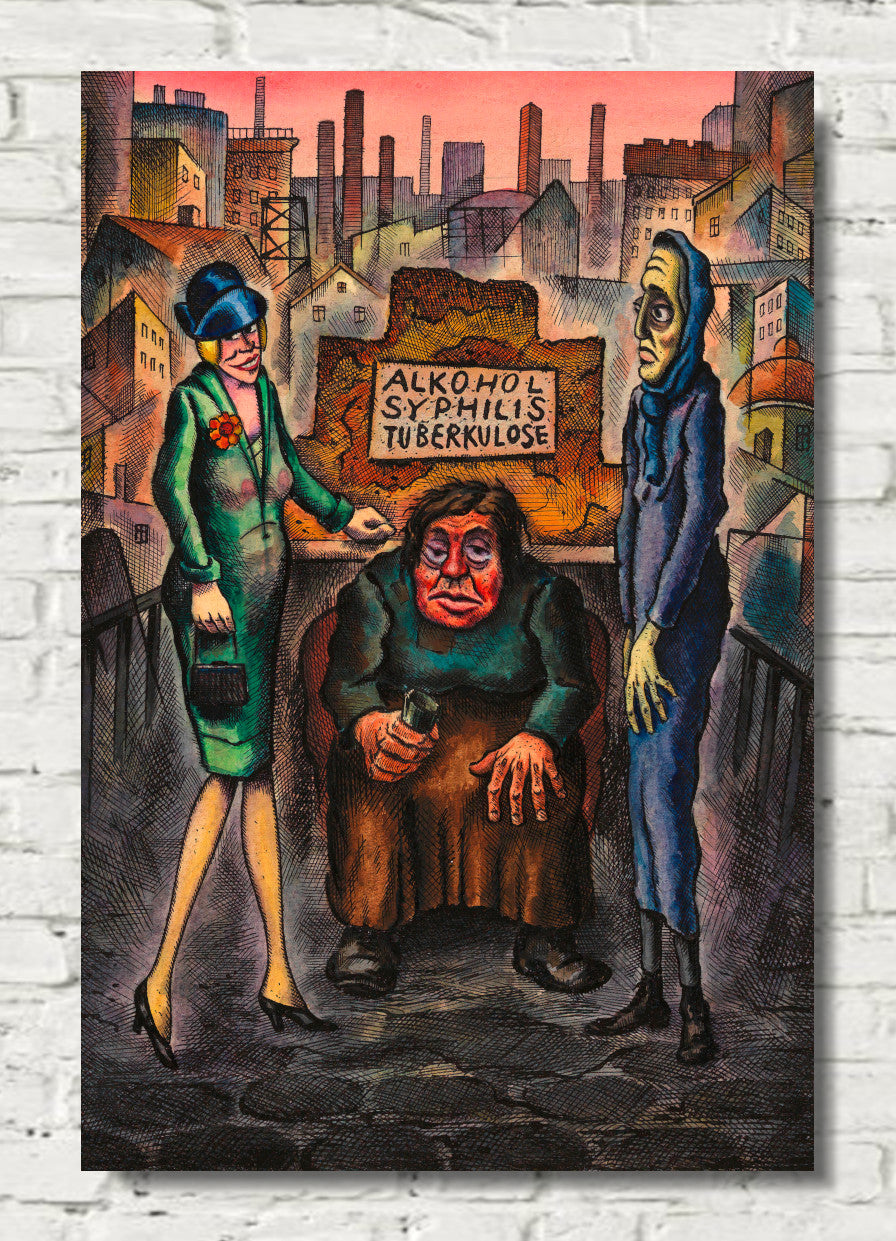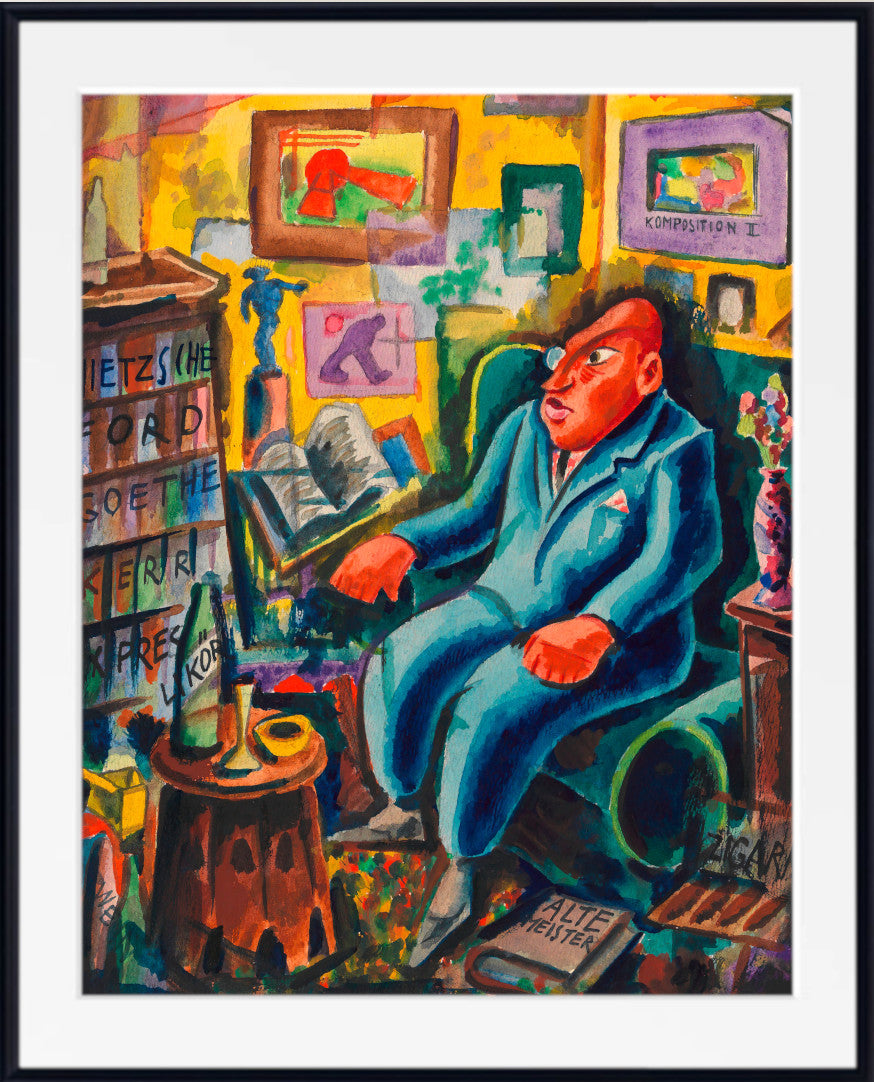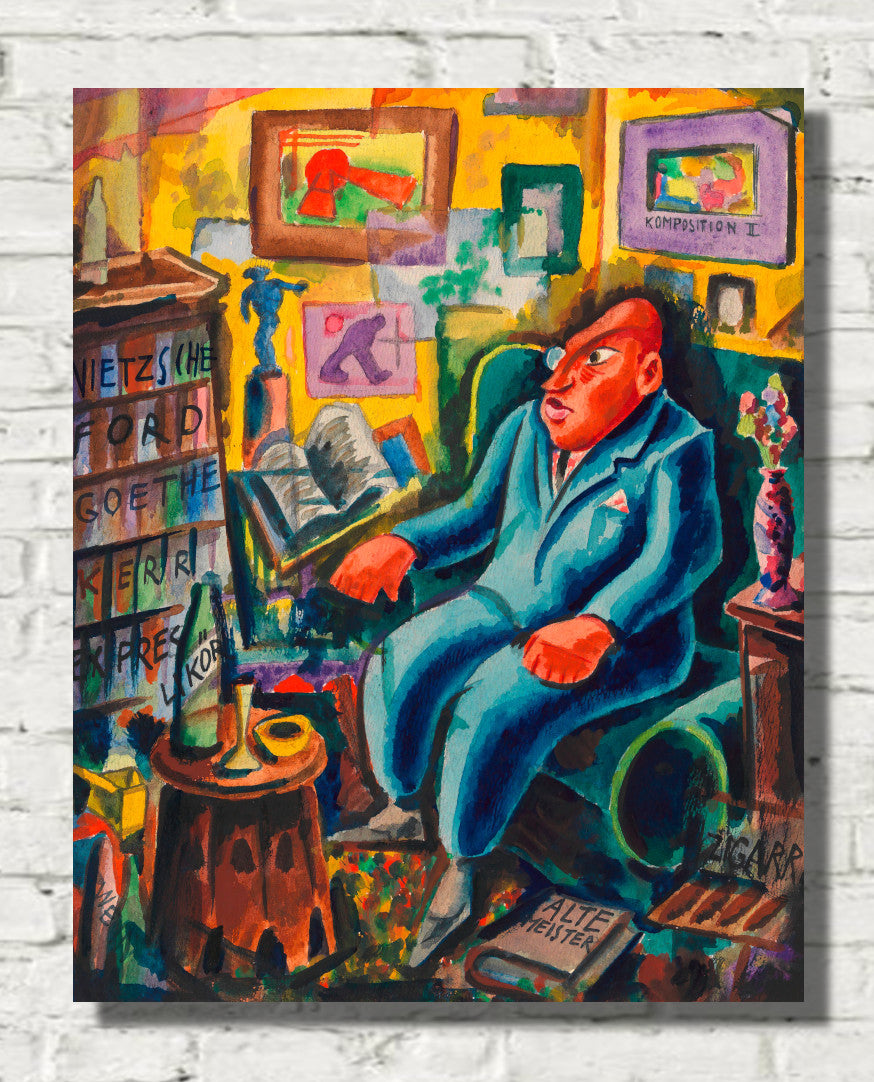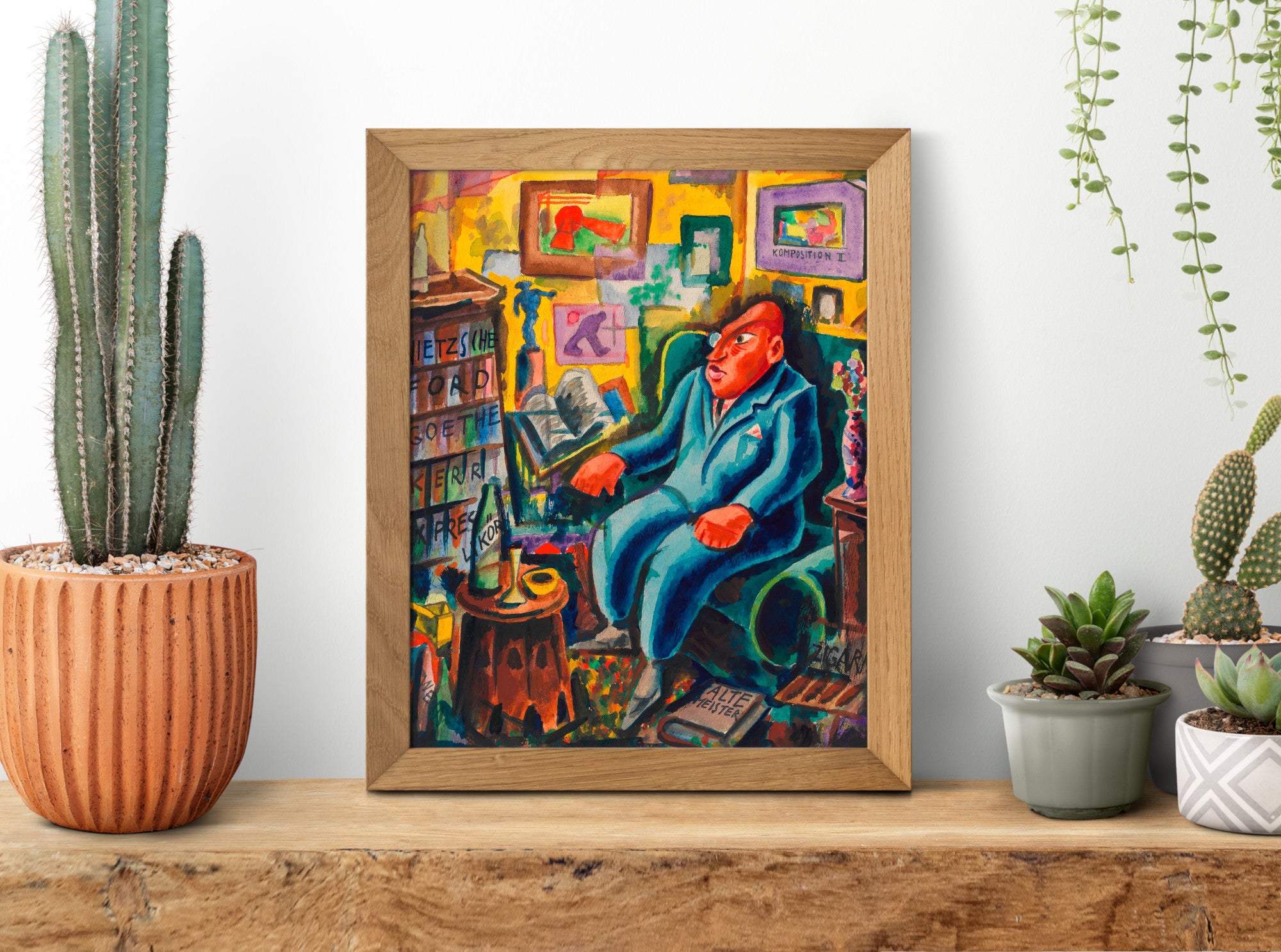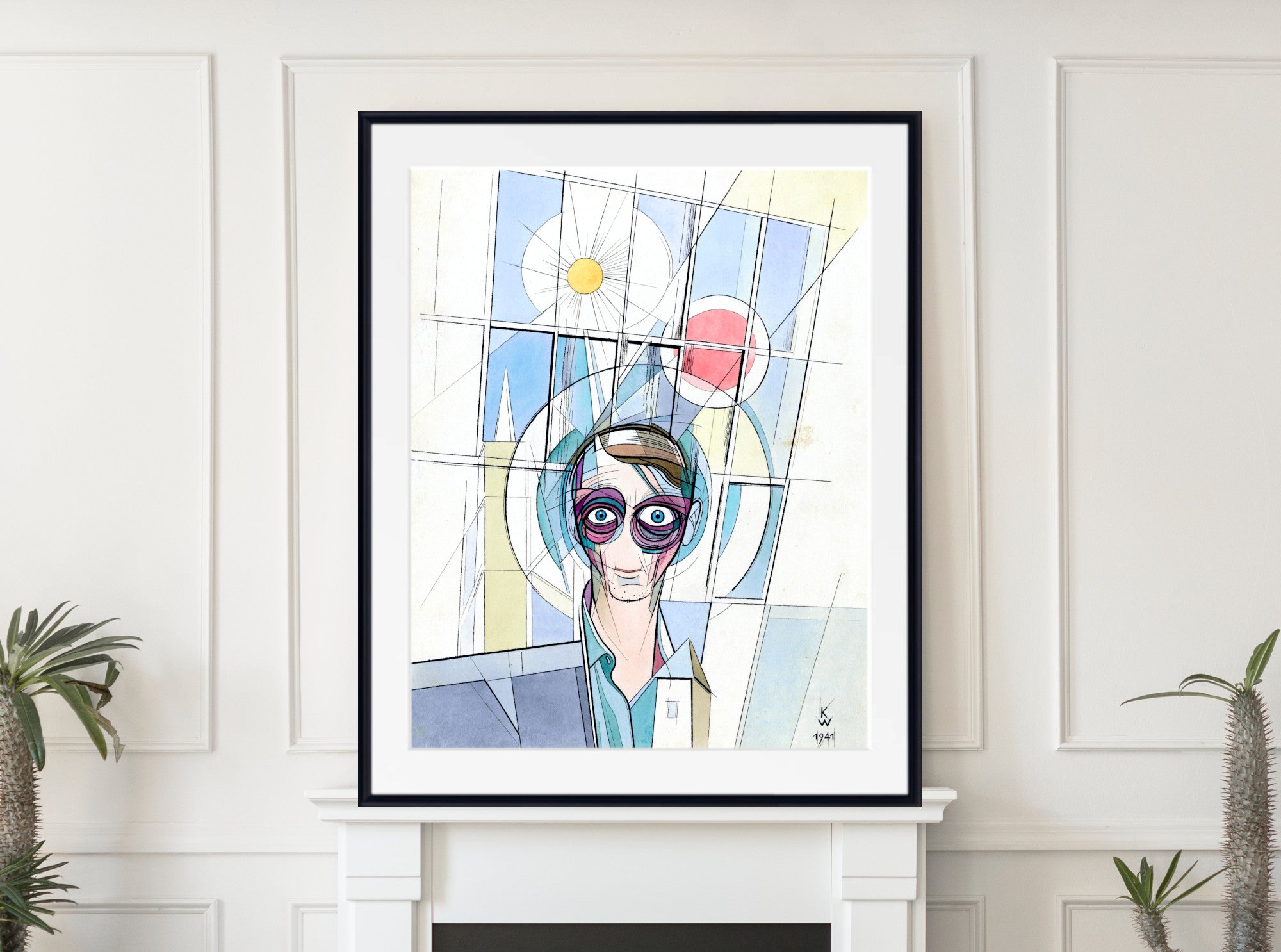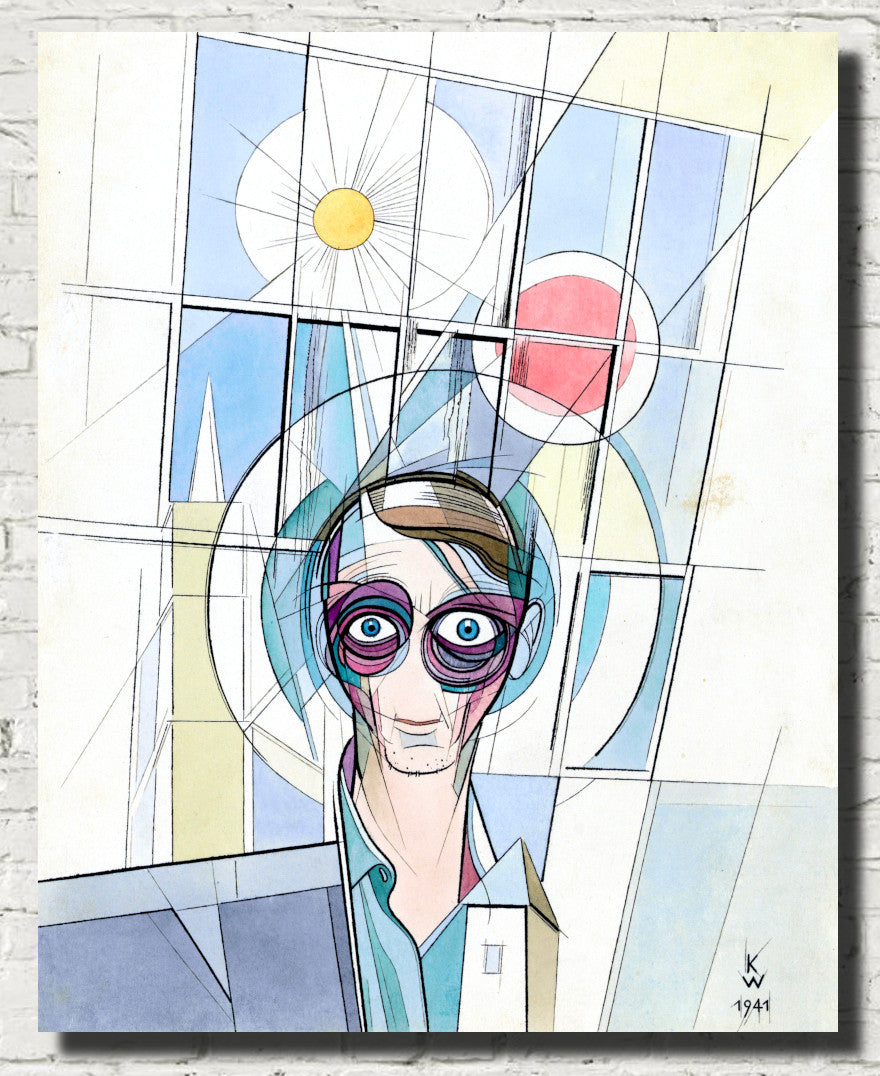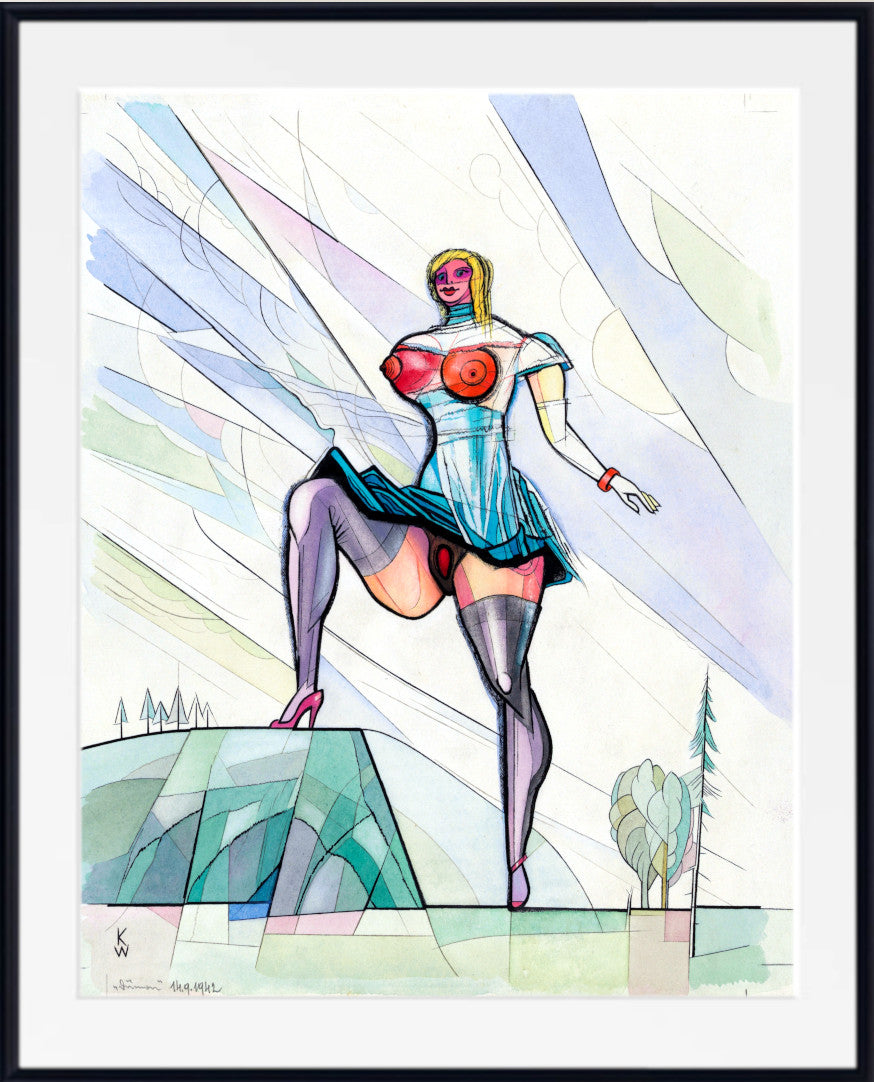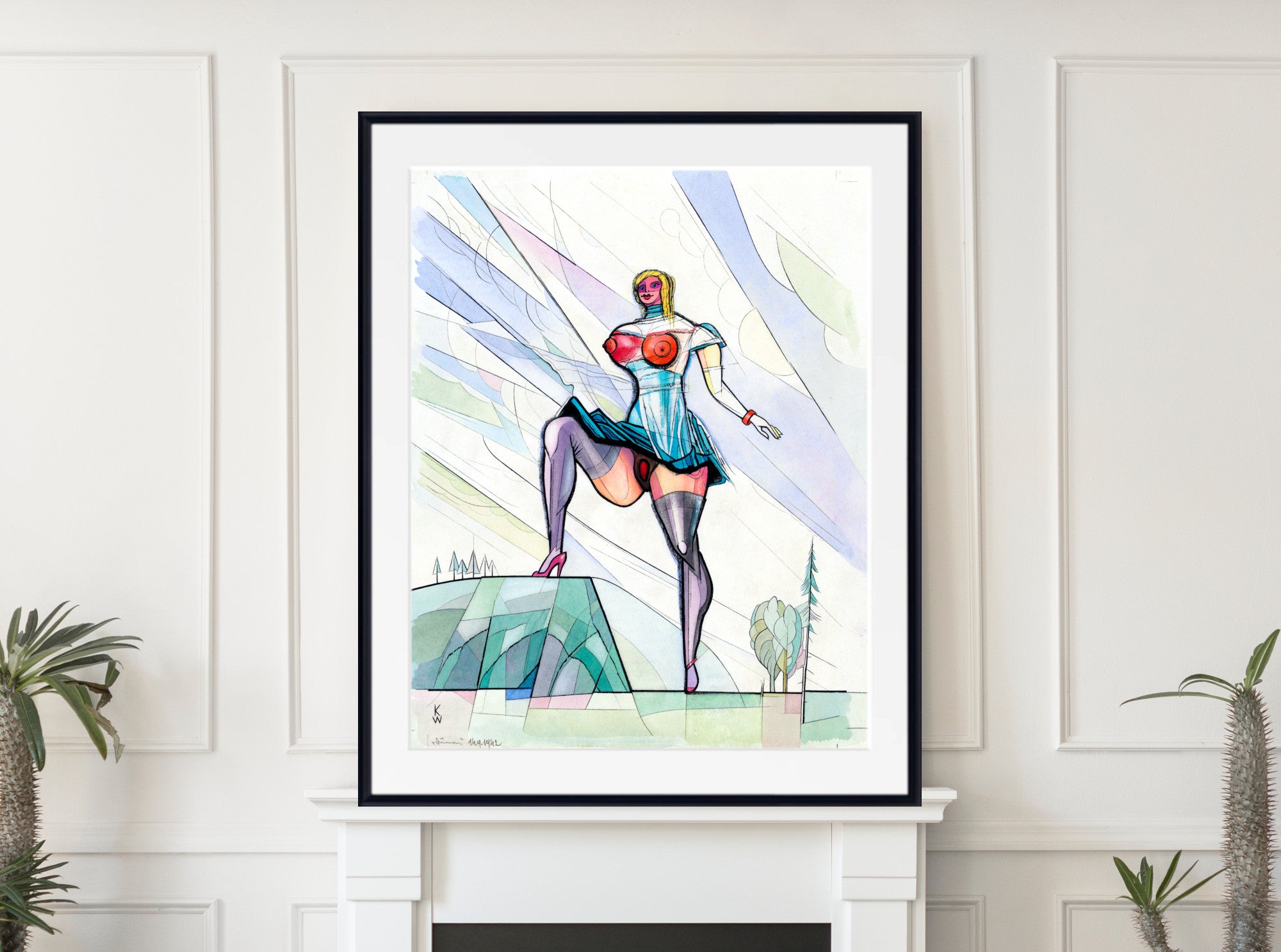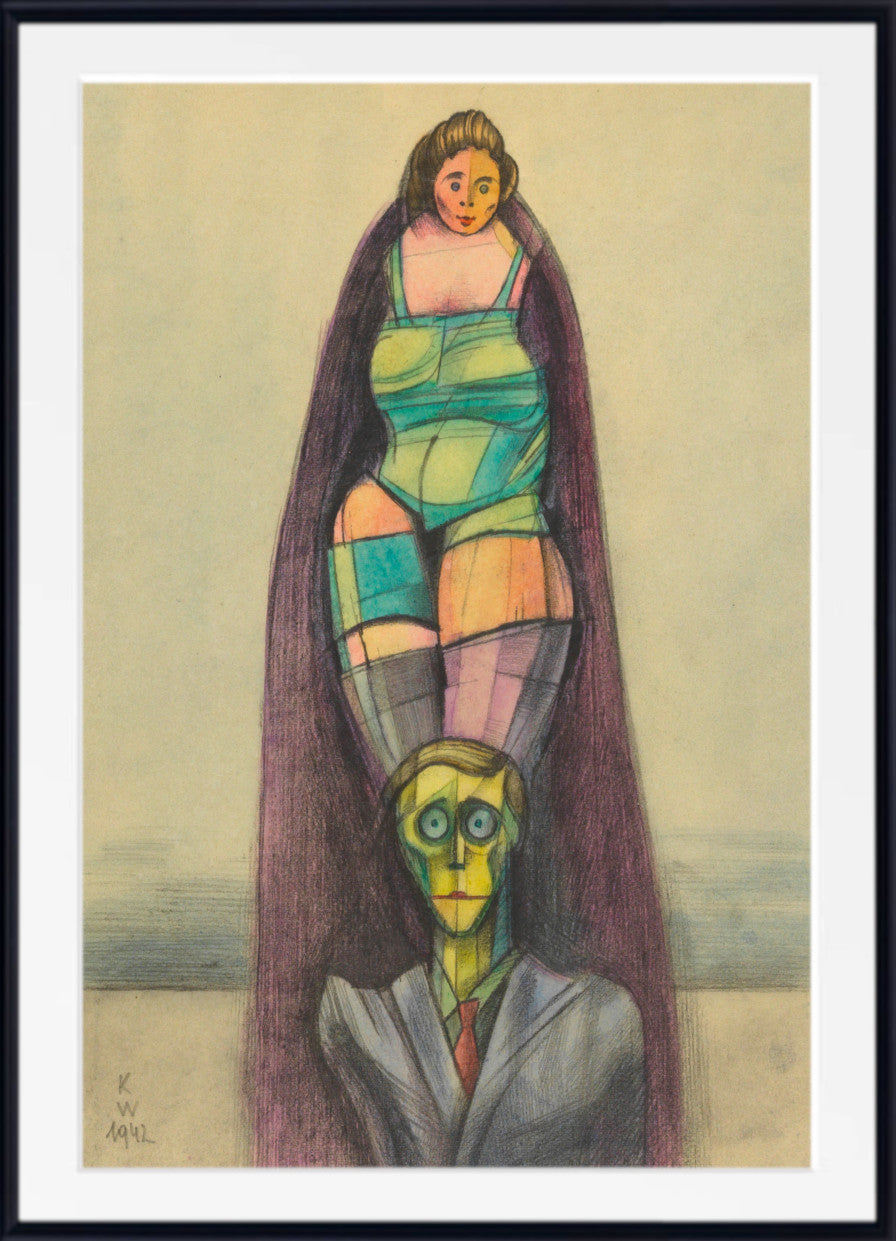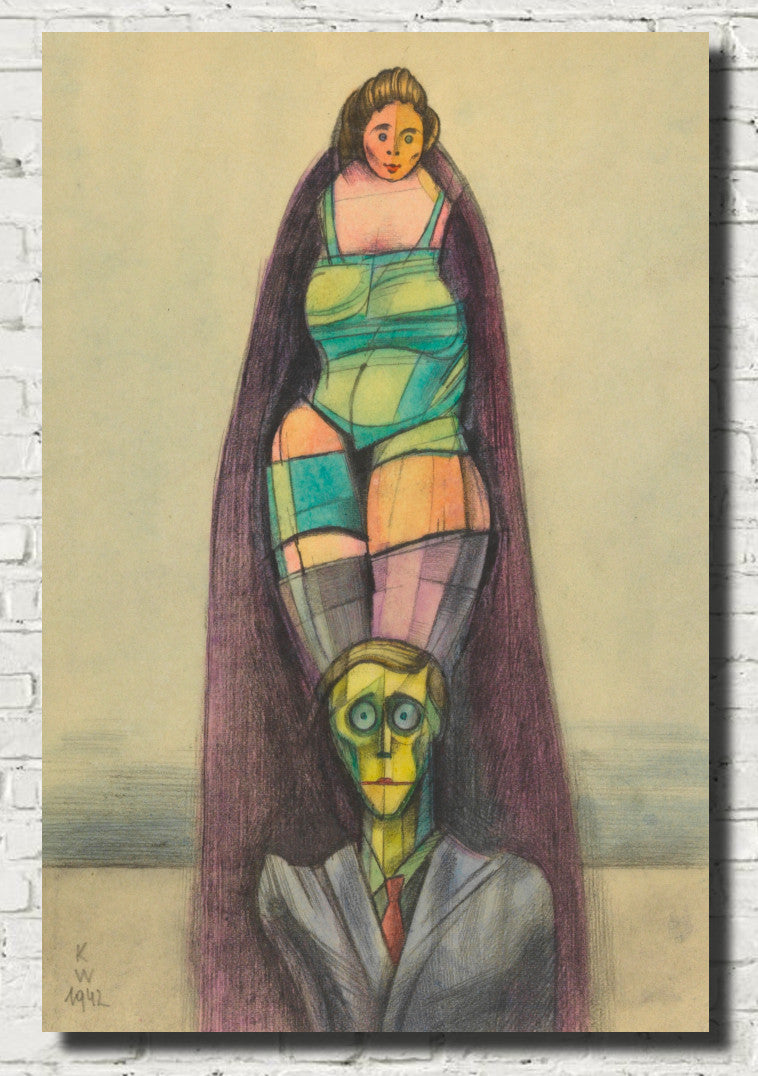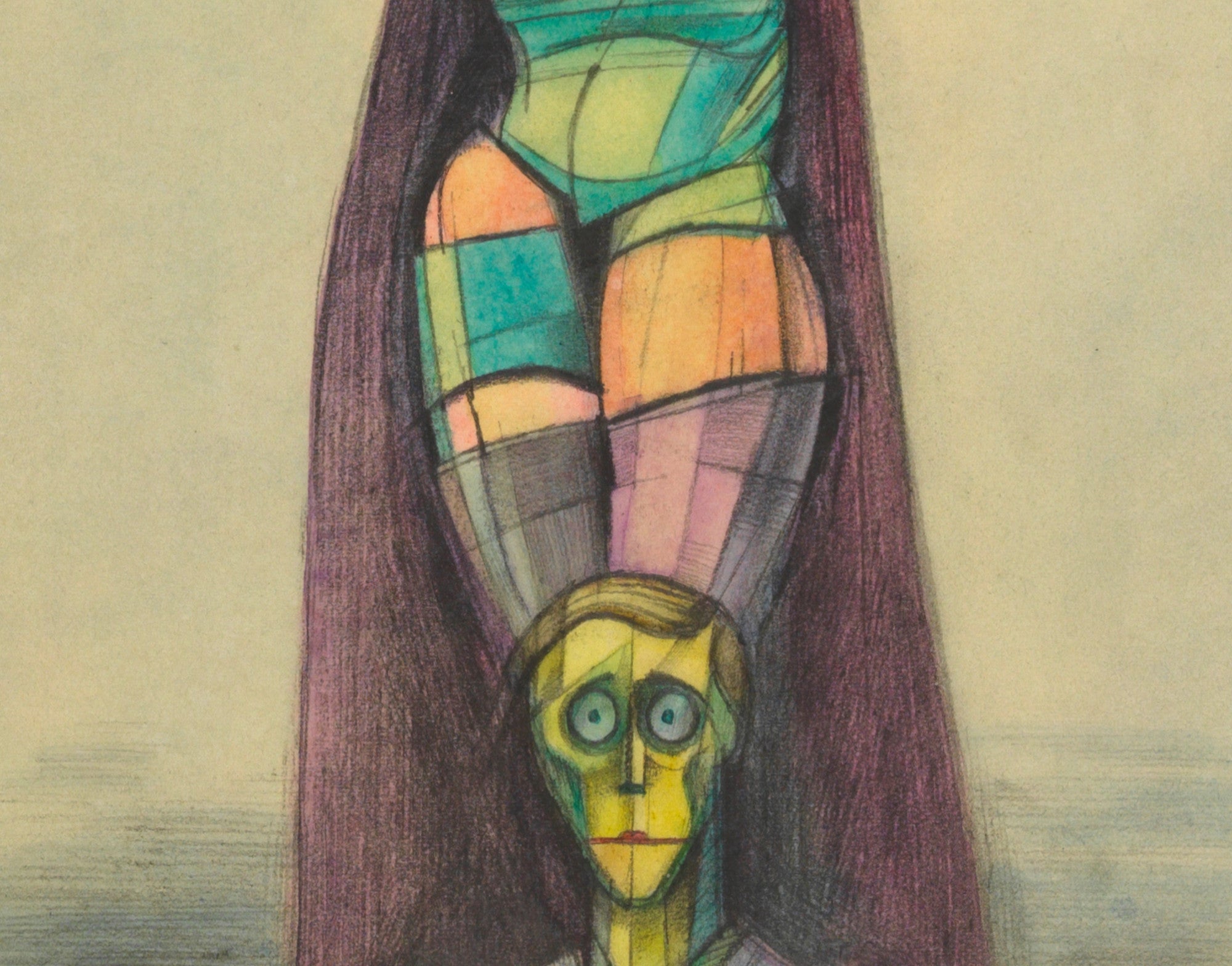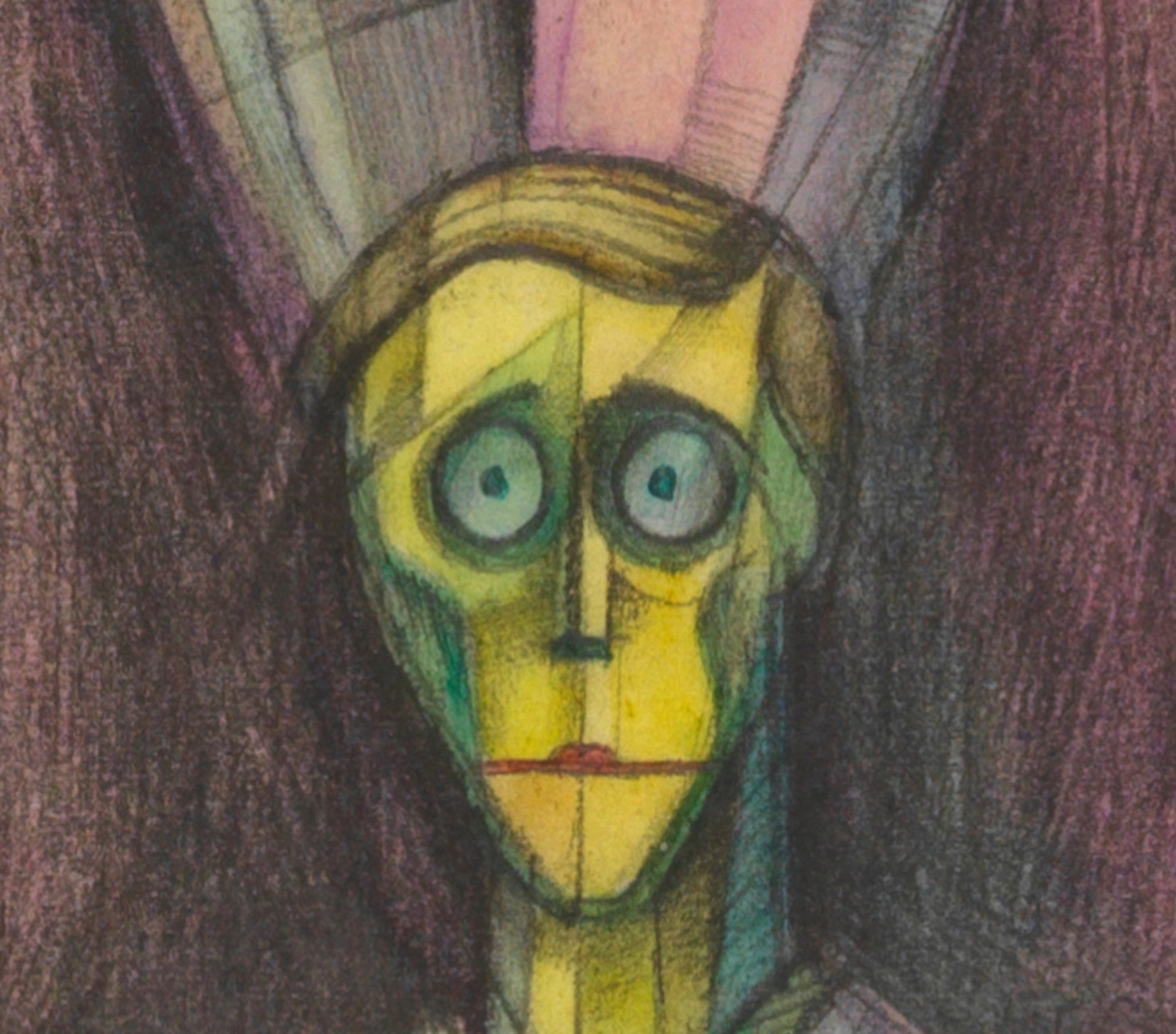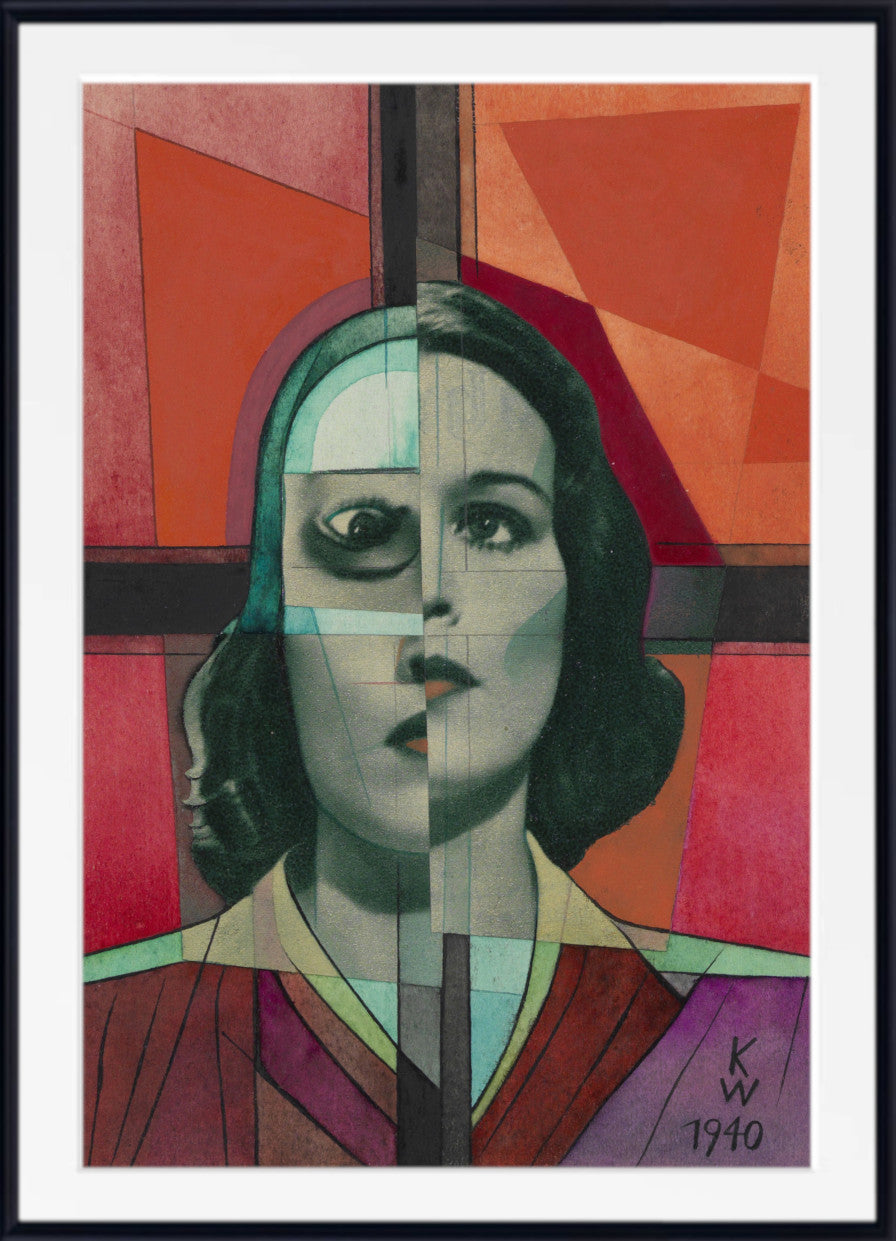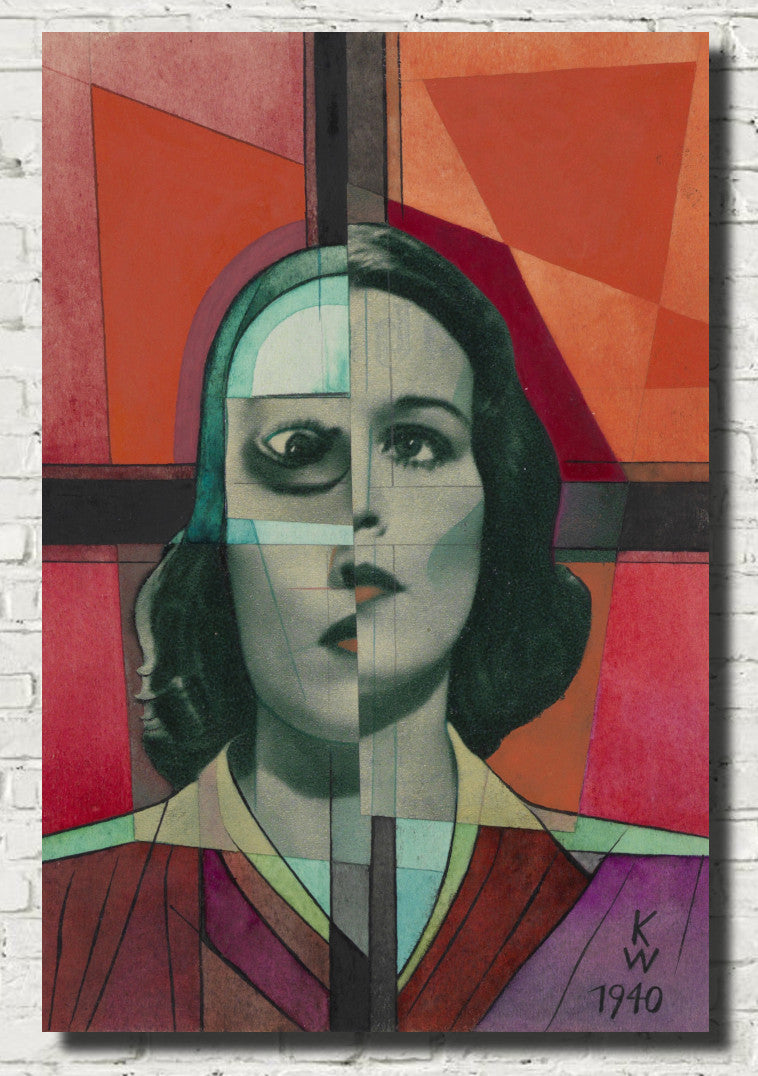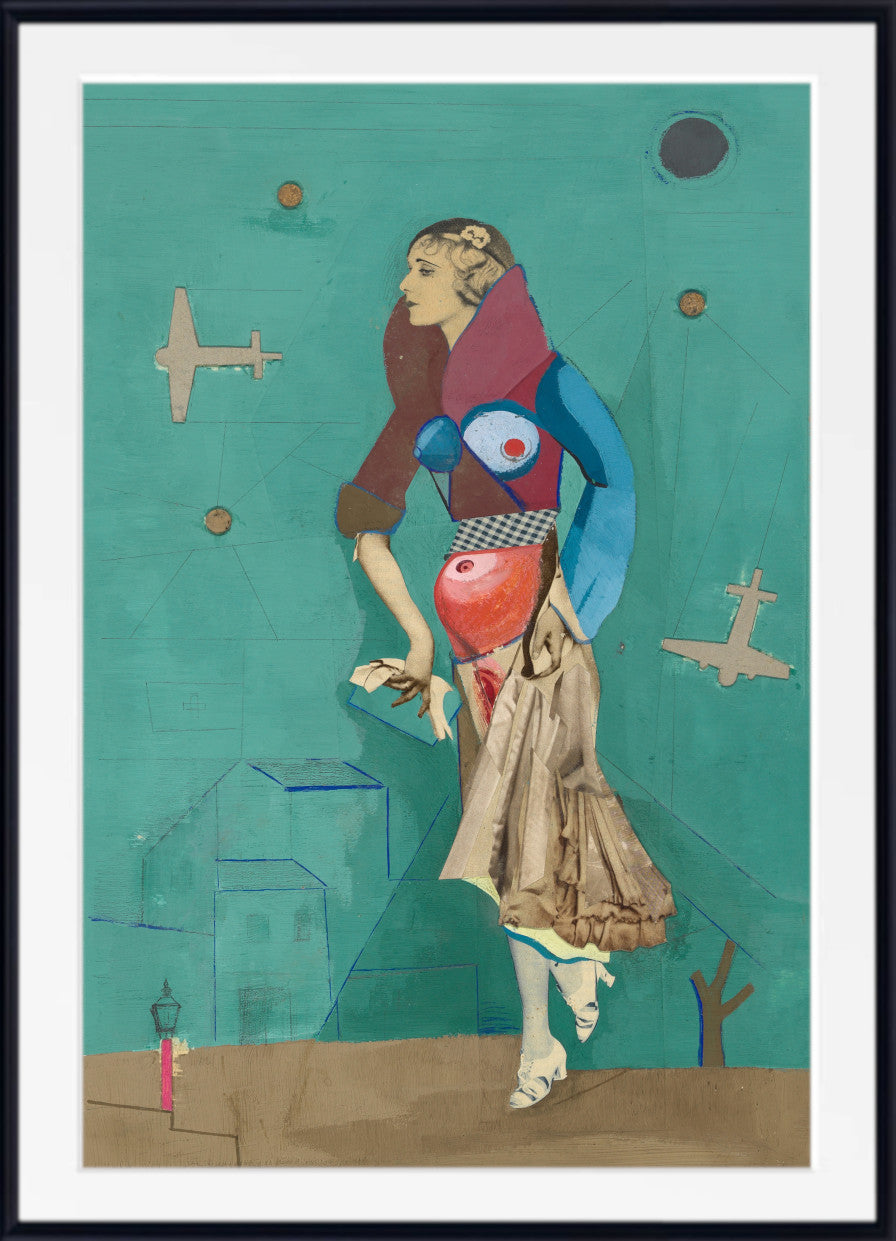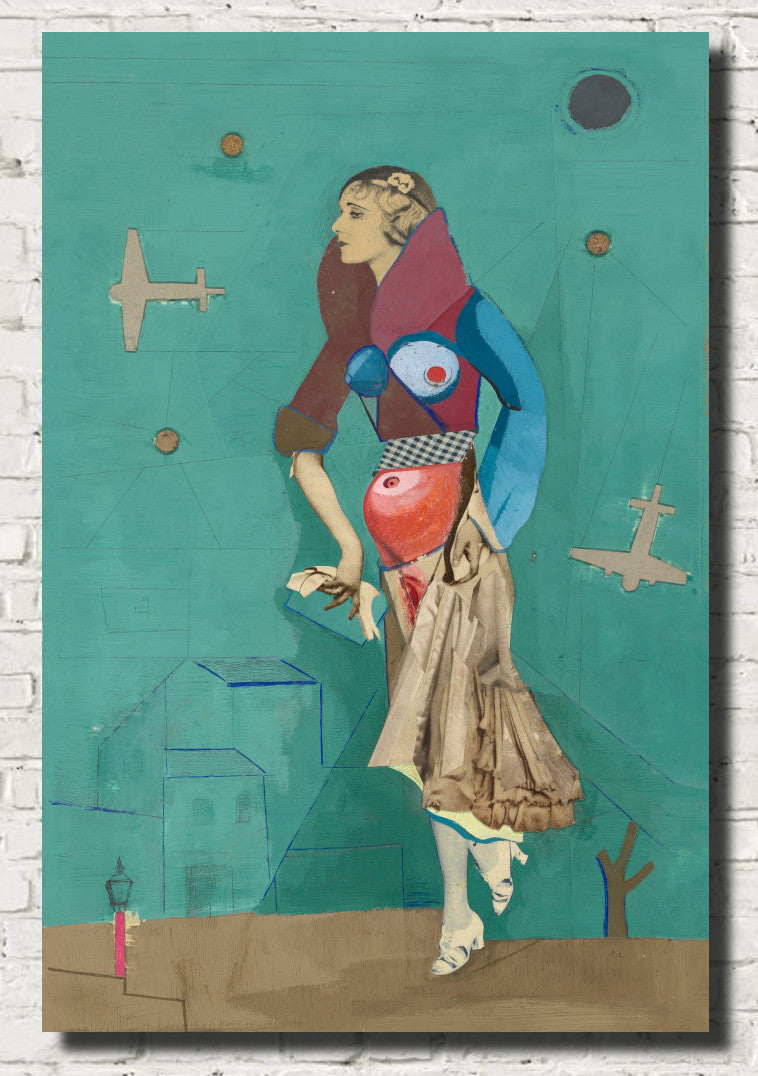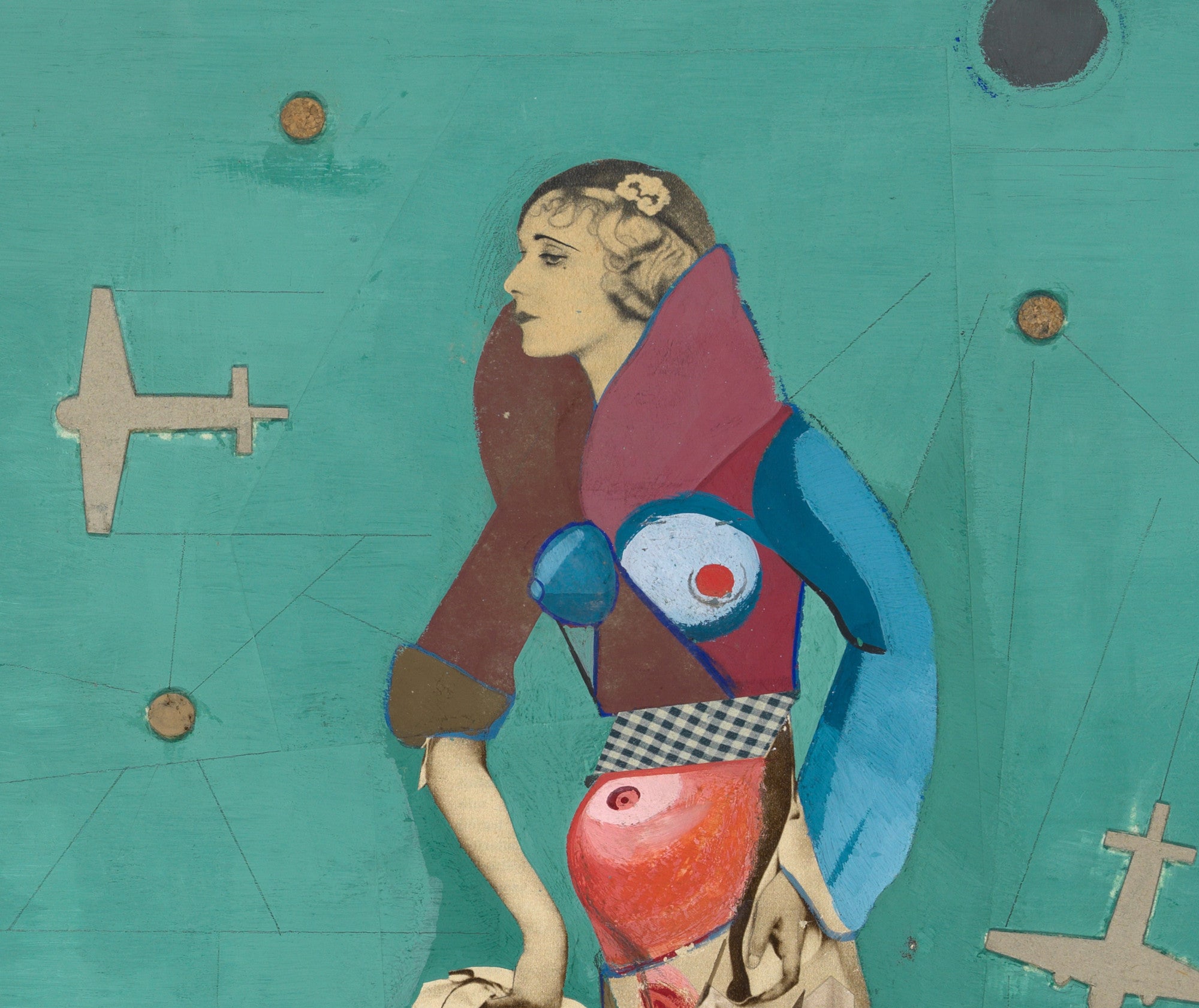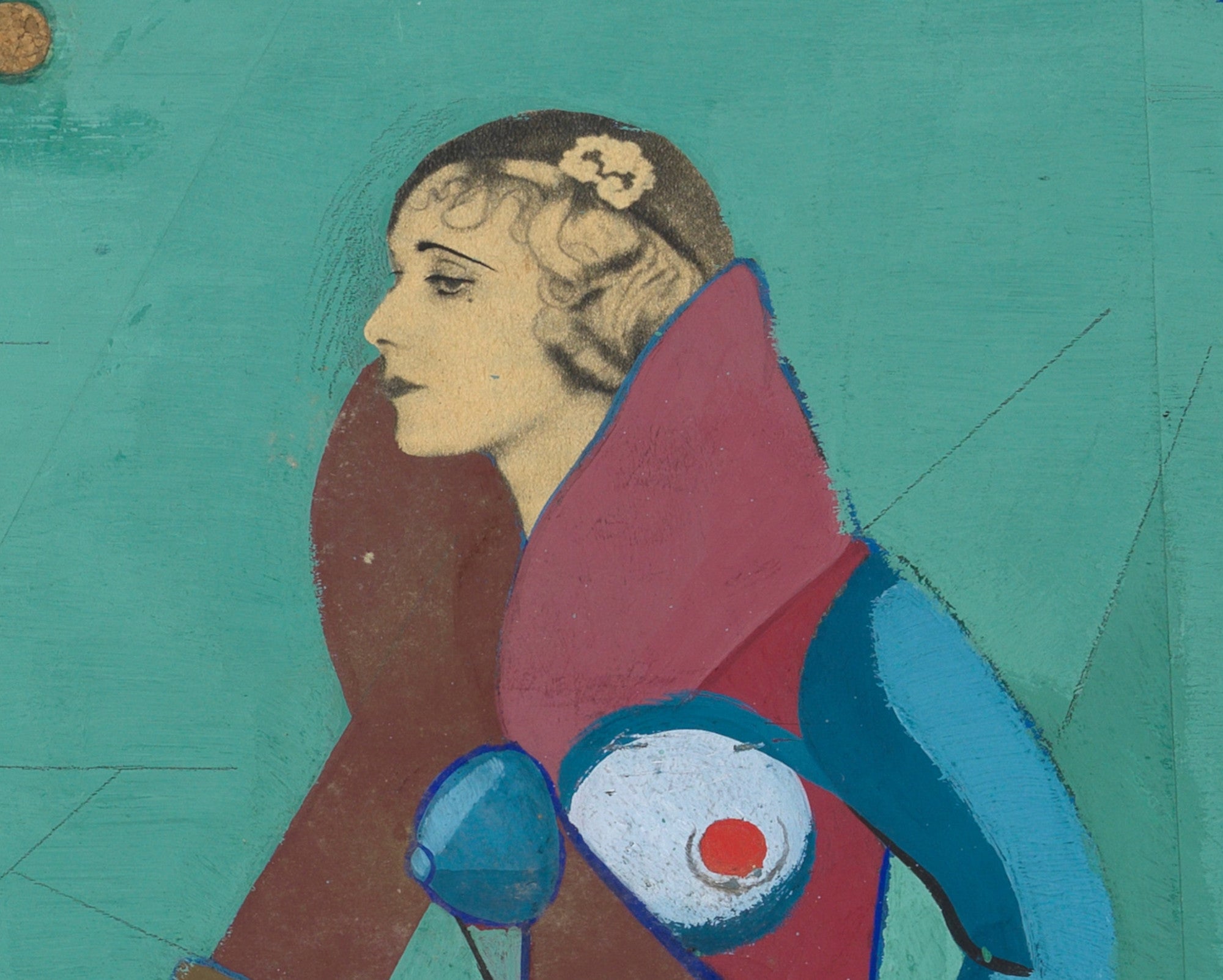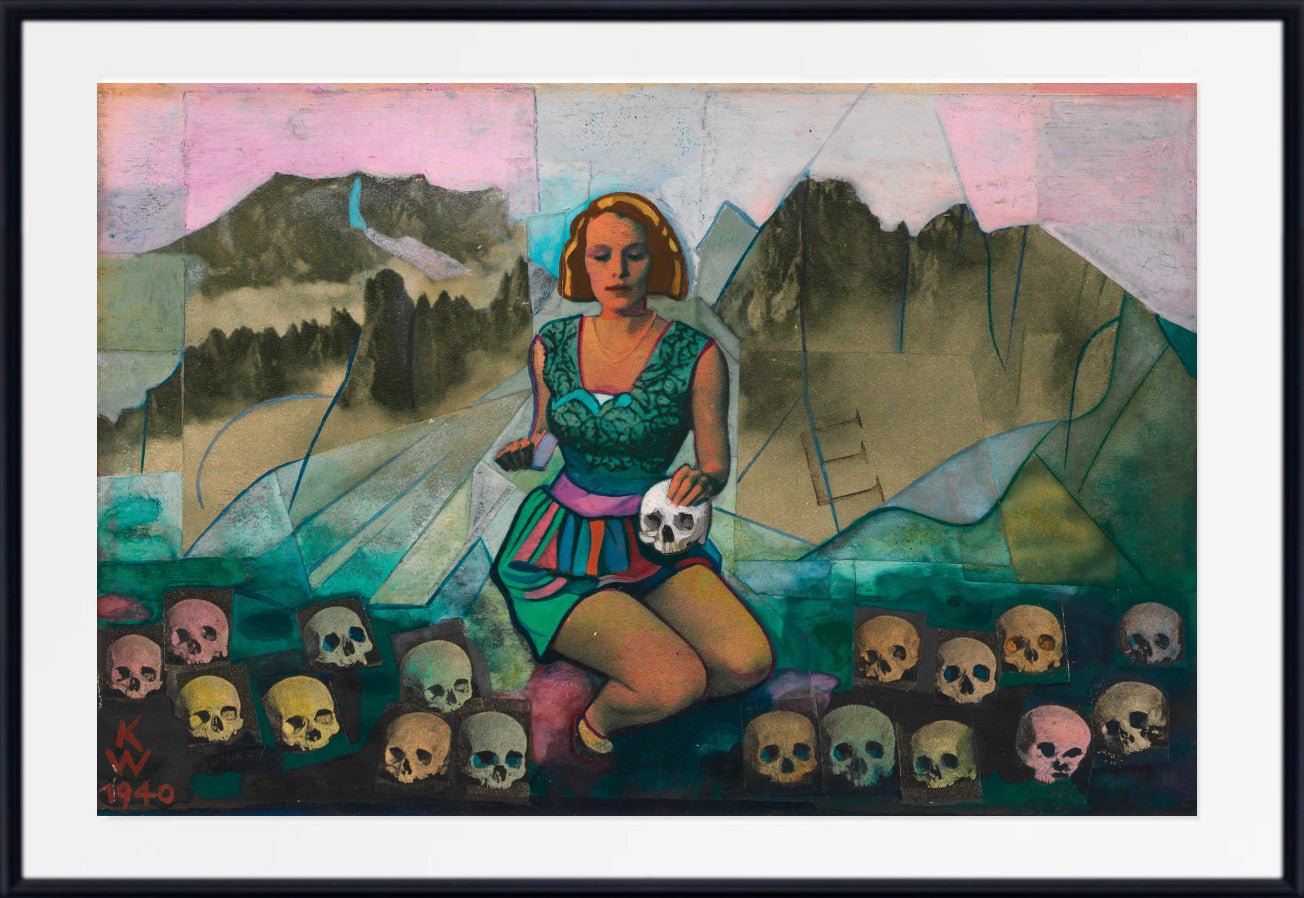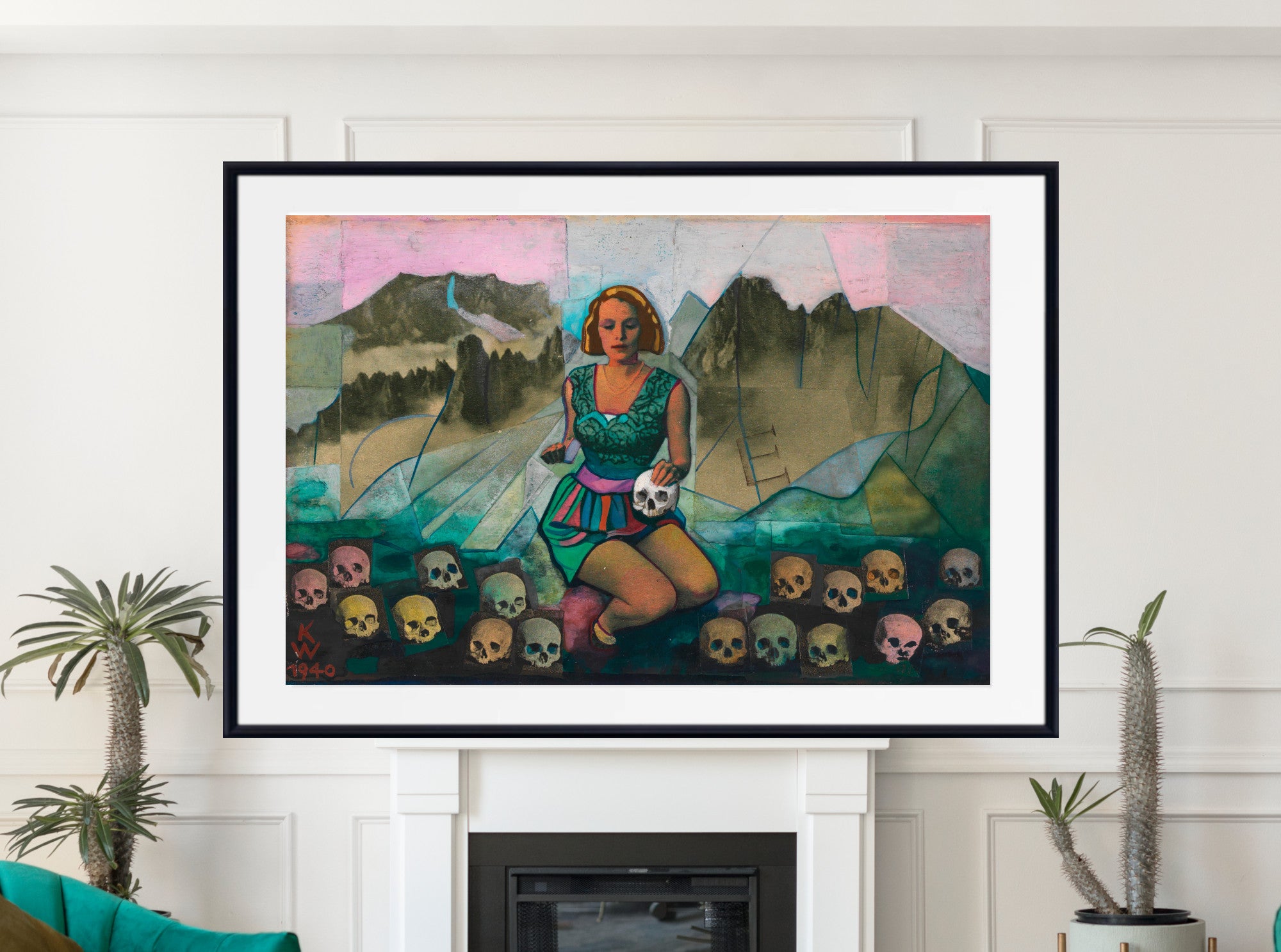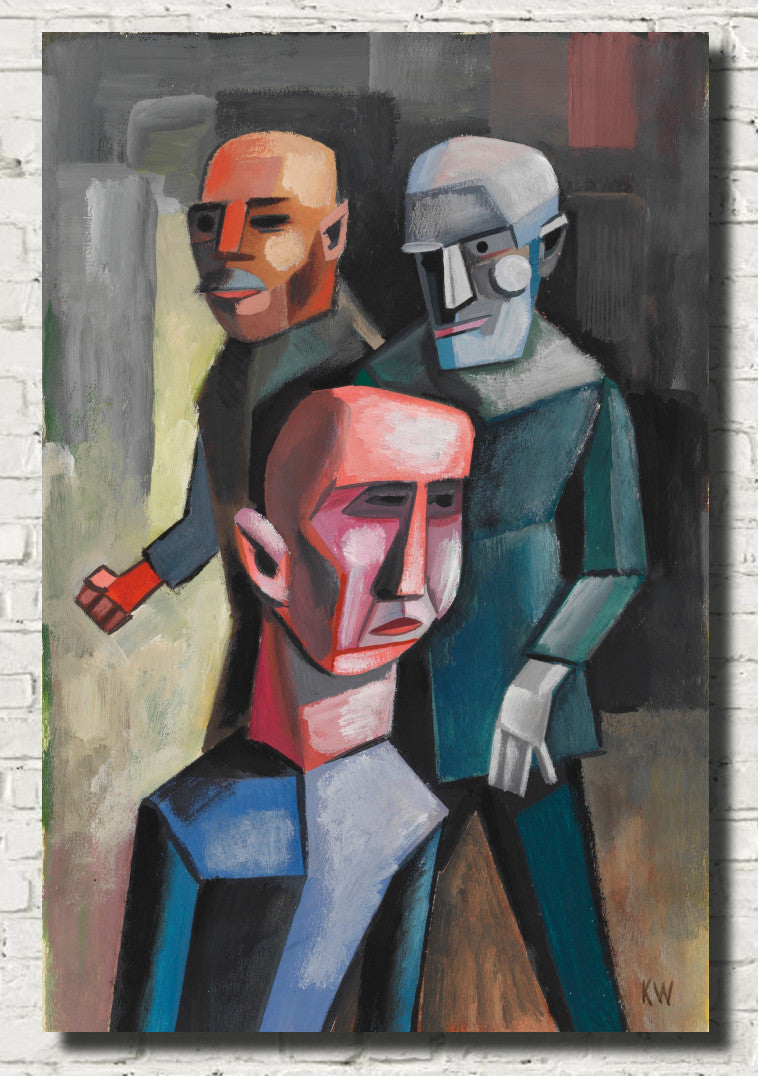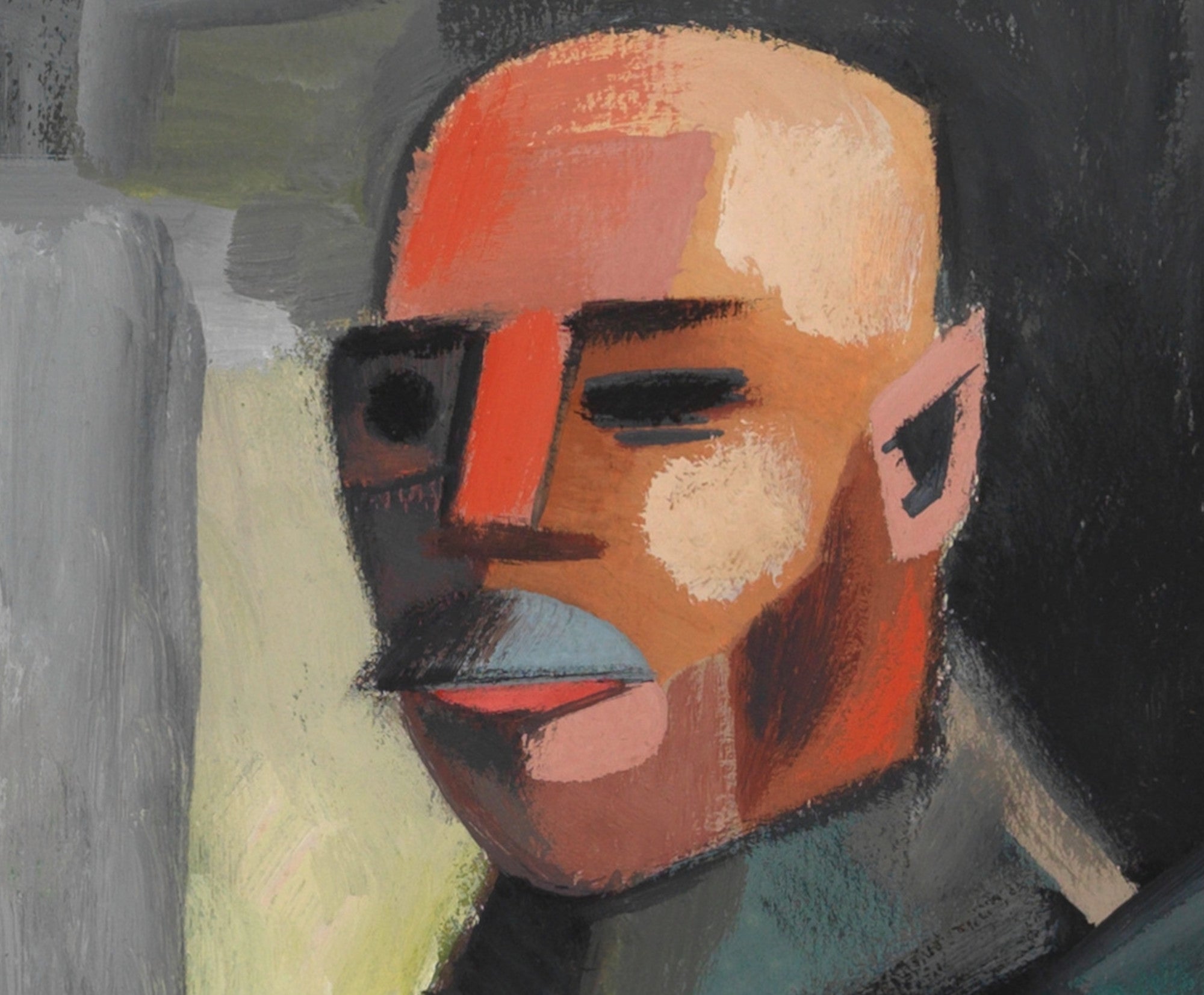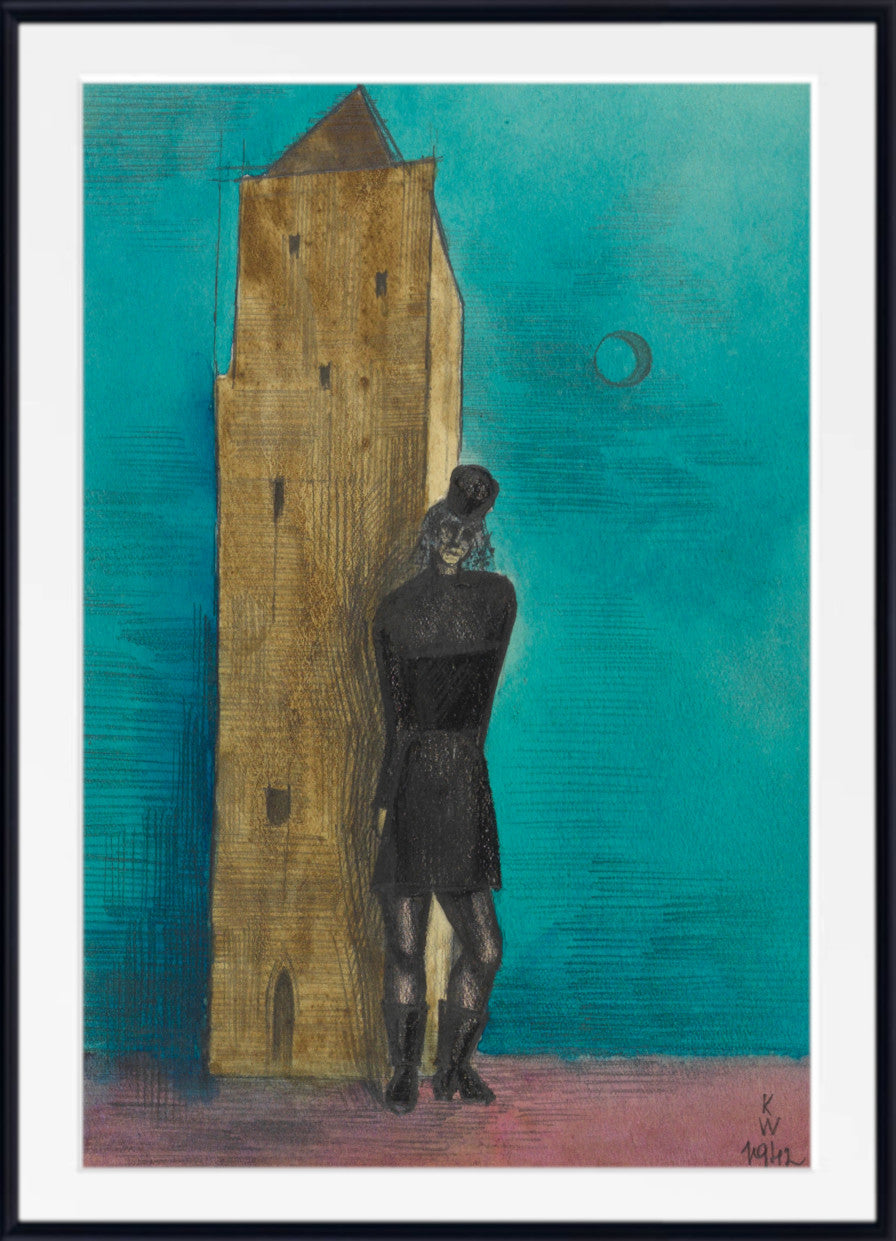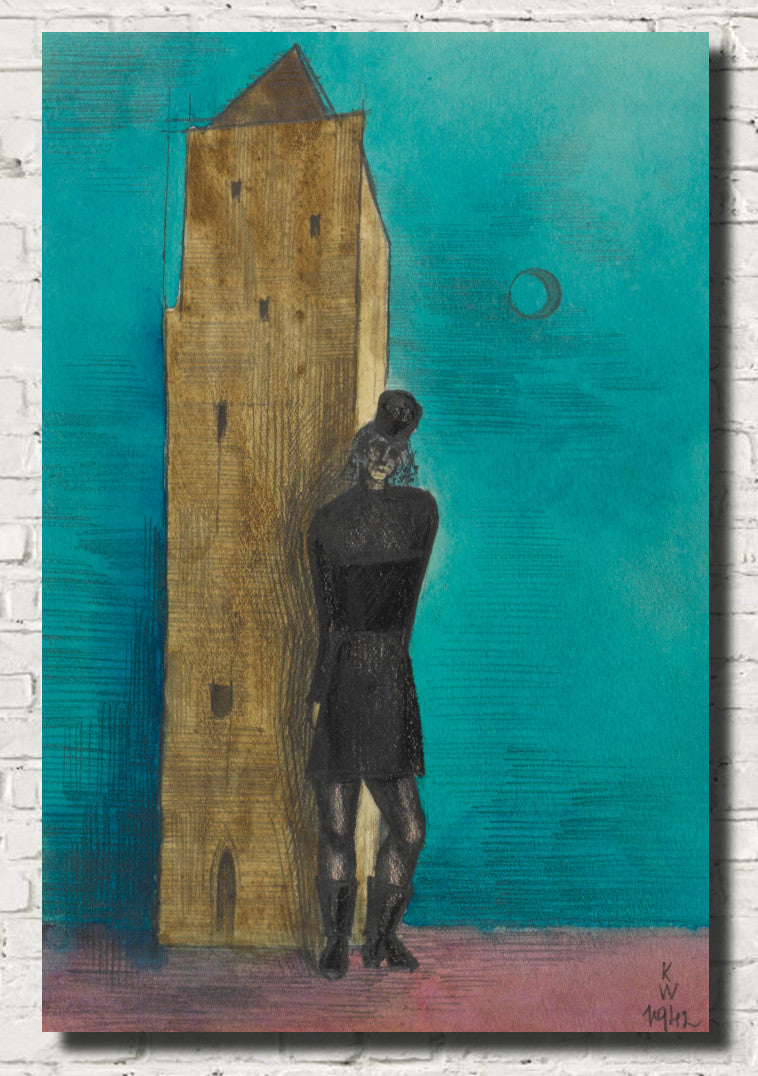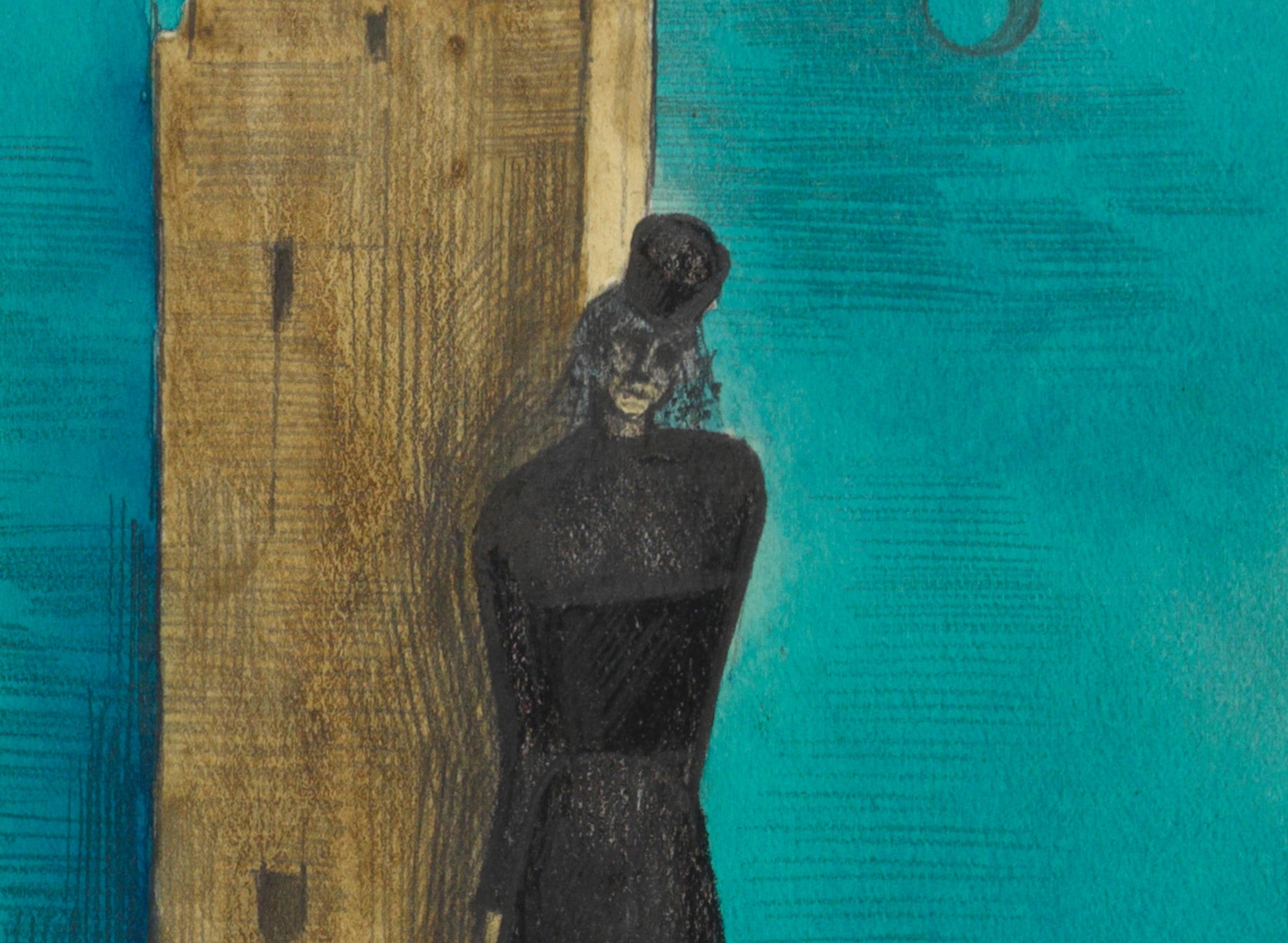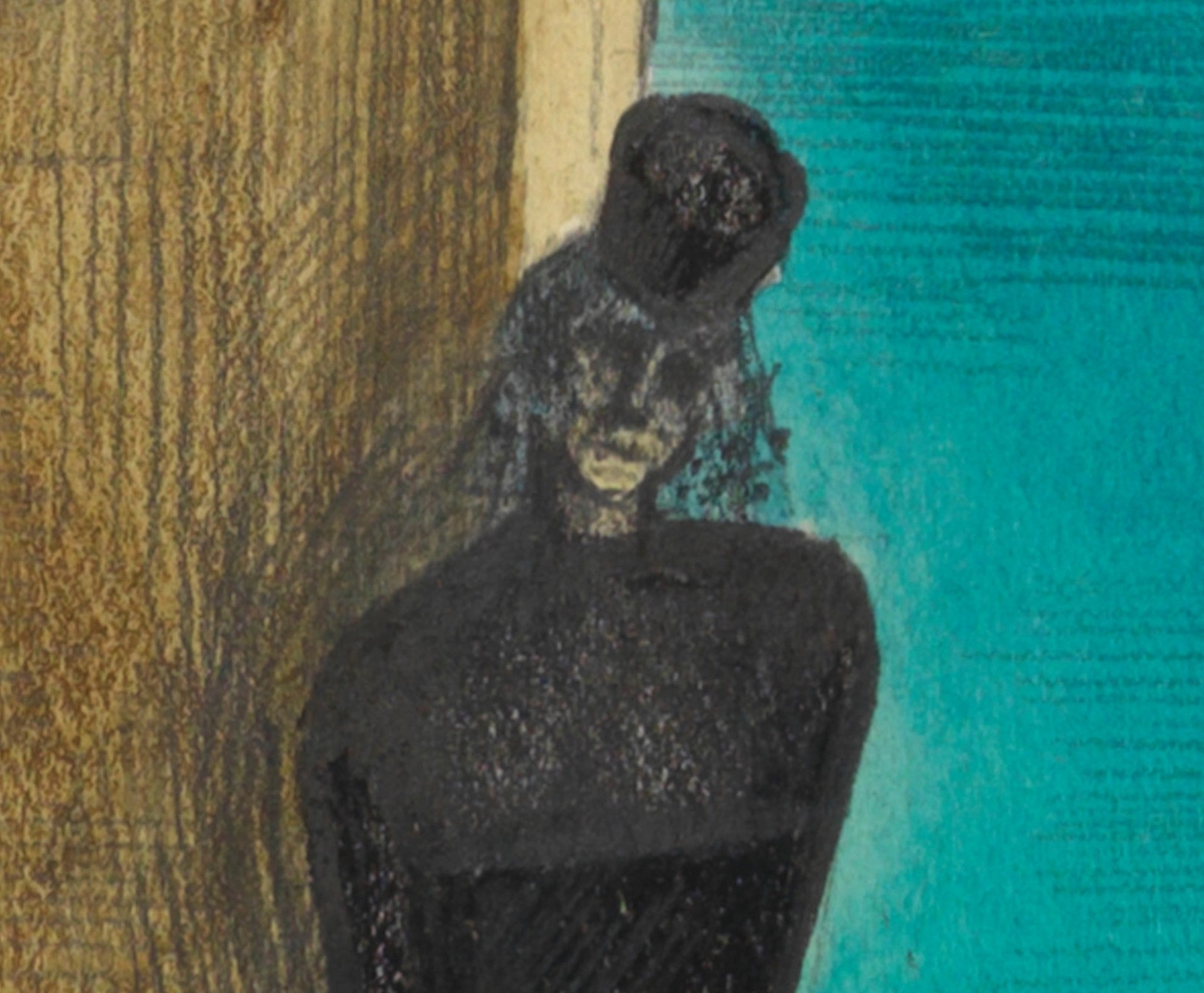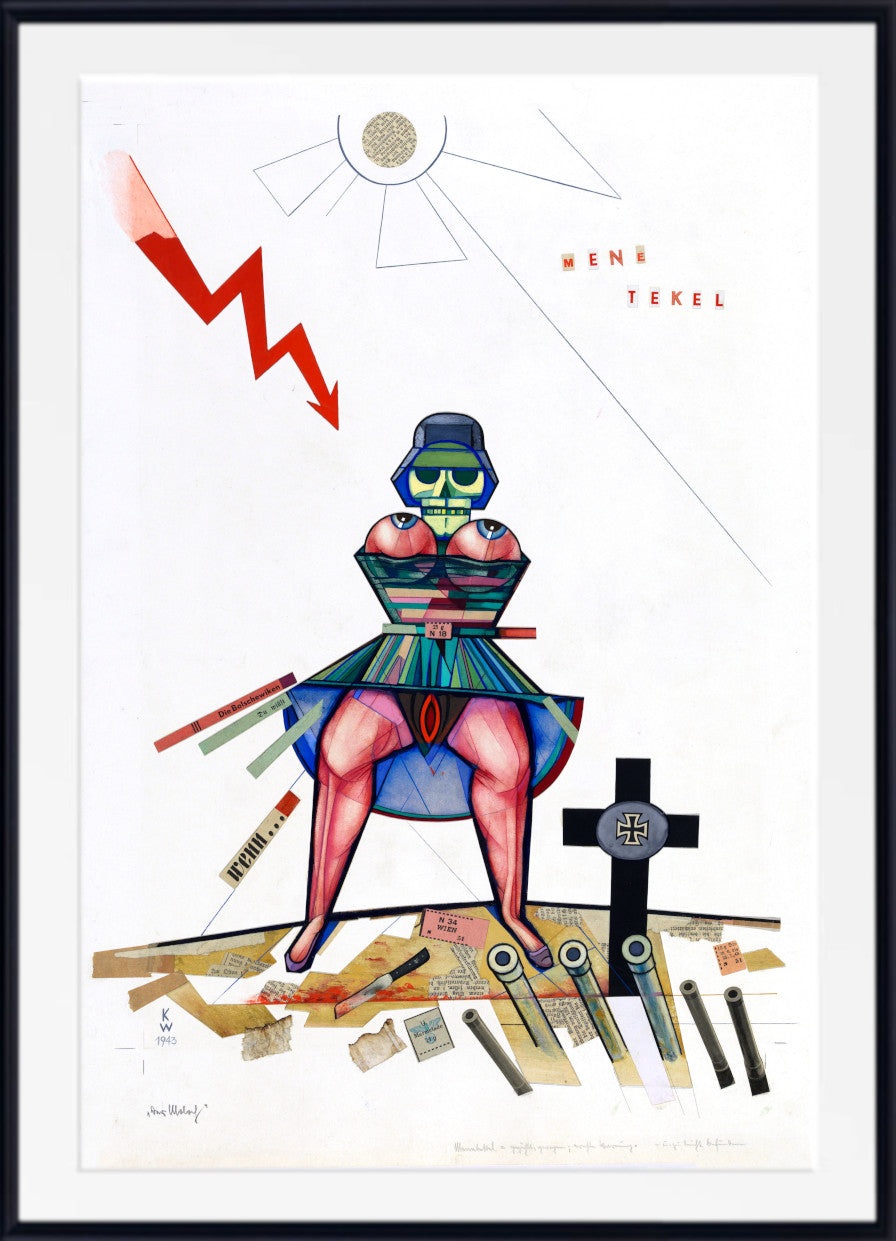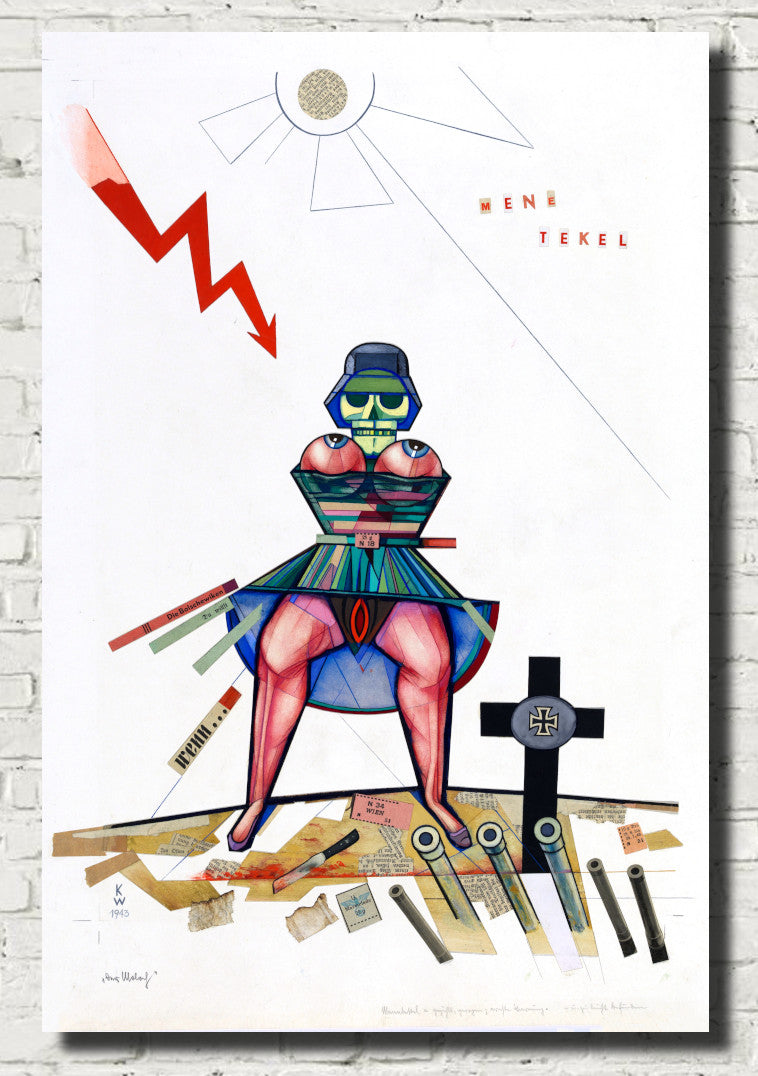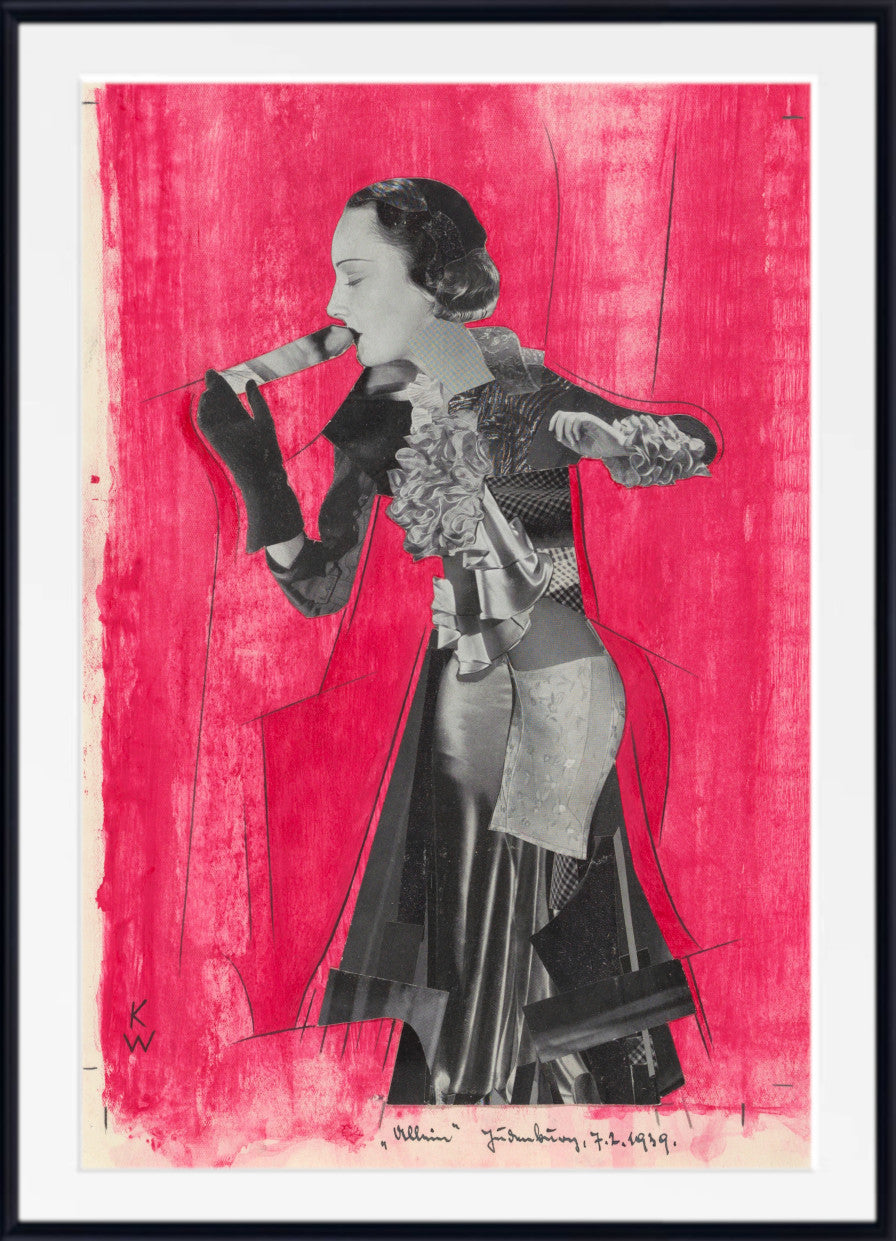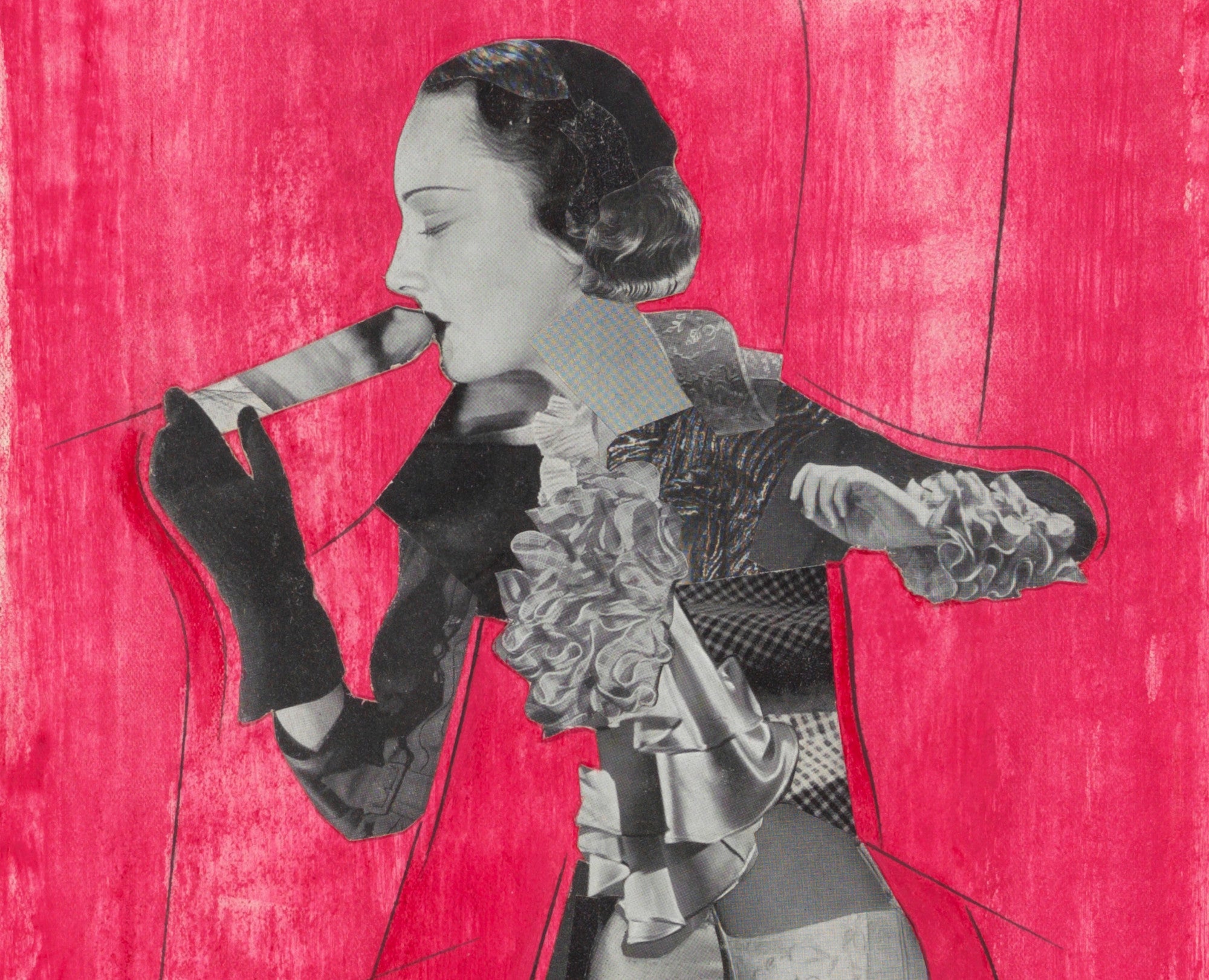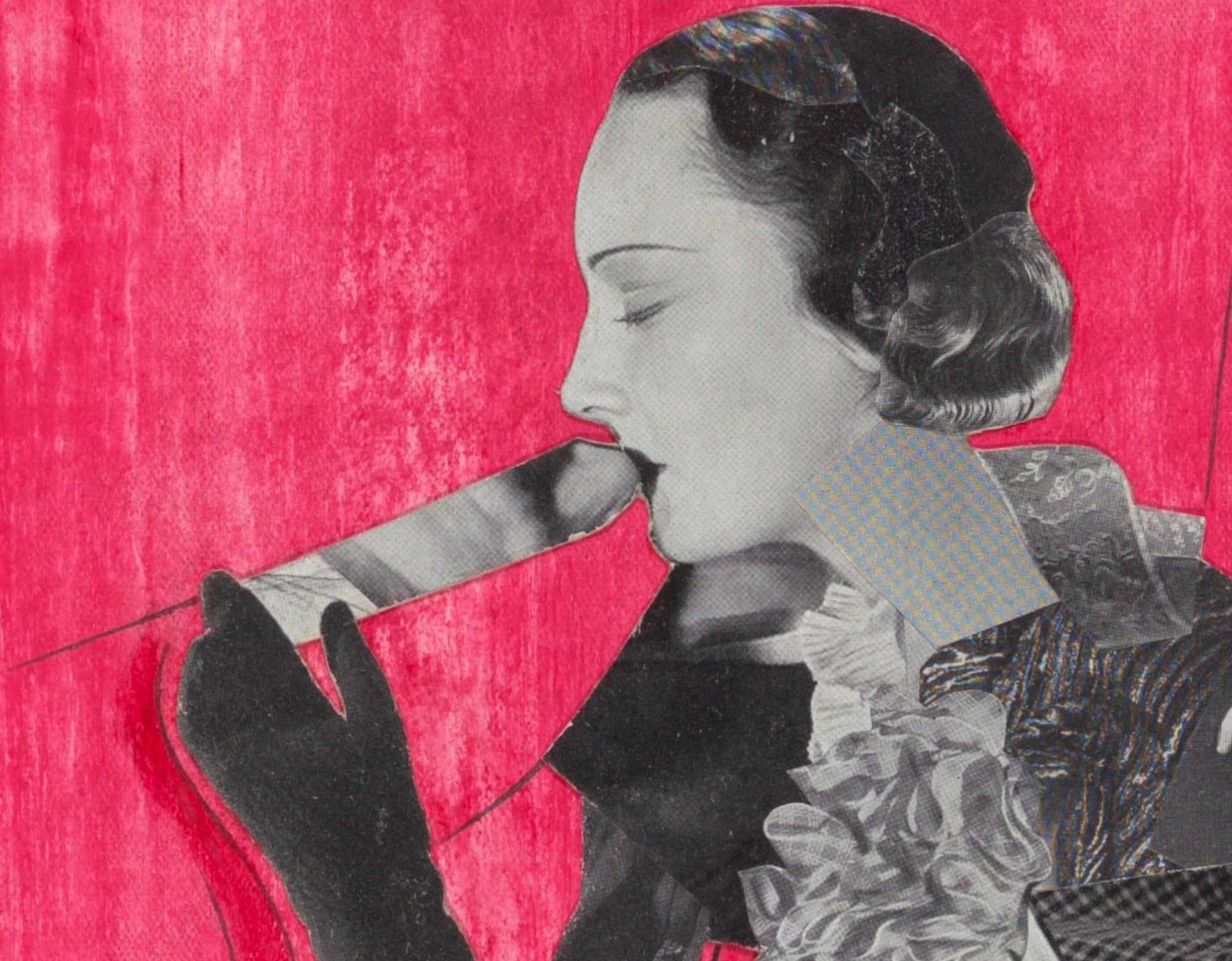Table of Contents:[hide]
Introduction
In the Austrian art scene, Karl Wiener's name has a strong resonance. His artistic accomplishments are not only important in Austria but also have a worldwide impact. This article explores Karl Wiener's life, career, and legacy, providing a comprehensive look at his influences on the art world.
Early Life and Background
Karl Wiener was born in Vienna, Austria, into a family that fostered his early interest in the arts. His family background provided a fertile ground for his creative inclinations. As a child, he was surrounded by the rich cultural heritage of Vienna, which deeply influenced his artistic perspective.
Artistic Beginnings
Wiener’s initial interest in art was evident from a young age. He began experimenting with various forms and styles, driven by the vibrant Austrian art scene. His early works showcased a raw talent that hinted at his future potential. The bustling artistic environment of Vienna played a crucial role in shaping his early artistic endeavors.
Education and Training
Karl Wiener studied art in a formal setting, honing his craft in esteemed universities. Several well-known artists served as his mentors, which had a big impact on his technique and style. The development of the complex approaches that would later characterize his work was greatly aided by his education.
Career Milestones
Wiener's career has seen a number of noteworthy turning points. His early shows attracted interest and received positive reviews, paving the way for a prosperous career. He won various honors and accolades over the years, solidifying his place as a prominent figure in Austrian art. He worked with others on a number of noteworthy projects, which demonstrated his skill and adaptability even further.
Artistic Style and Techniques
Karl Wiener’s artistic style is a blend of traditional and modern influences. He was known for his unique use of color and texture, often experimenting with different mediums. His techniques evolved over time, reflecting his continuous exploration and growth as an artist. Wiener's work is characterized by its vibrant energy and emotional depth, making it distinct and easily recognizable.
Major Works
Among his extensive body of work, several paintings stand out as key pieces. These works are notable for their thematic depth and artistic execution. Themes such as nature, human emotion, and social commentary are prevalent in his paintings. The reception of these works was overwhelmingly positive, with many being celebrated for their innovation and impact.
The Widow
"The Widow" is a poignant depiction of grief and loss, capturing the essence of sorrow with remarkable sensitivity. The painting features a solitary woman, draped in black, her face etched with the lines of sadness and mourning. The background, subdued and somber, enhances the melancholic mood of the piece.
Memory of Else U.
Karl Wiener’s painting “Memory of Else U” is a poignant tribute to his deceased wife, encapsulating the themes of love, loss, and the inexorable passage of time. Created in 1940, this artwork diverges from Wiener’s typical style, presenting a stark and haunting image that resonates with viewers on a deeply emotional level.
At the center of the composition sits Else U, Wiener’s late wife, depicted amidst a field of skulls. The setting is somber and reflective, with the skulls symbolizing the finality of death and the collective memory of those who have passed. Yet, there is a serene beauty in the way Else U is portrayed, her figure a beacon of life and memory amidst the symbols of mortality.
Wiener’s use of muted colors and soft brushstrokes lends the painting a dreamlike quality, as if the viewer is glimpsing a moment suspended between reality and the afterlife. The contrast between the delicate rendering of Else U and the starkness of the skulls creates a powerful visual dichotomy, emphasizing the tension between life and death.
“Memory of Else U” is more than a mere representation of grief; it is a meditation on the enduring power of love and the ways in which we hold onto the memories of those we cherish. Wiener’s work invites contemplation, urging us to consider our own experiences with loss and the legacies we leave behind.
In the broader context of Wiener’s oeuvre, “Memory of Else U” stands out as a deeply personal piece, reflecting the artist’s innermost feelings and the impact of his wife’s passing on his artistic expression. It is a testament to the transformative power of art to convey the most profound human emotions and to serve as a vessel for memory and mourning.
As an enduring piece of Karl Wiener’s legacy, “Memory of Else U” continues to move audiences with its raw emotional intensity and its eloquent portrayal of the human condition. It remains a powerful reminder of the artist’s skill in capturing the complexities of the heart and the universal experience of loss.
Woman and Two Bomber Planes
In the realm of modern art, collage has emerged as a powerful medium for artists to express complex themes through the assemblage of various elements. Karl Wiener’s collage painting, “Women and Two Bomber Planes,” is a poignant example of this art form’s ability to convey deep messages about society, conflict, and gender roles.
Wiener’s work is a thought-provoking juxtaposition of femininity against the backdrop of war. The central figures, two women, are depicted with a serene composure that starkly contrasts with the menacing bomber planes looming overhead. This contrast may be interpreted as a commentary on the resilience of the human spirit amidst the chaos of war, or as a critique of the gendered roles that women are often confined to in times of conflict.
The collage technique employed by Wiener allows for a rich layering of textures and imagery. By combining cut-outs, possibly from magazines or newspapers, with traditional painting methods, Wiener creates a visual dialogue between the printed media’s portrayal of war and the personal, human experience of it. This layering can also signify the multifaceted nature of women’s identities and the societal expectations placed upon them.
Furthermore, the use of bomber planes in the artwork evokes a sense of intrusion into the domestic sphere, a theme that has been explored by other artists using collage, such as Martha Rosler in her series “House Beautiful: Bringing the War Home.” Wiener’s work continues this conversation, highlighting how the ravages of war can permeate the sanctity of home and affect the lives of those who are often kept at a distance from the front lines.
Influence and Legacy
Karl Wiener’s influence extends beyond his own work. He played a crucial role in shaping the direction of Austrian art and inspired a new generation of artists. His legacy is evident in the continued relevance and appreciation of his work. Wiener's contributions have left an indelible mark on the art world, ensuring his place in history.
Personal Life
Despite his public persona, Wiener led a private personal life. He was deeply connected to his family and had a close-knit circle of friends. His personal interests included a love for nature and music, which often inspired his artistic themes. Wiener's later years were spent continuing his artistic pursuits until his death, leaving behind a rich legacy.
Exhibitions and Collections
Wiener’s work has been exhibited in numerous major exhibitions, both in Austria and internationally. His paintings are part of several prestigious public and private collections. Retrospective exhibitions have been held to honor his contributions and celebrate his artistic achievements.
Critical Reception
Critics have consistently praised Karl Wiener for his innovative techniques and profound thematic depth. Academic studies have explored his work extensively, highlighting his influence on modern art. Public perception of Wiener remains highly positive, with many viewing him as a pivotal figure in the art world.
Karl Wiener's Impact on Modern Art
Wiener’s contributions to modern art are substantial. He influenced various modern art movements and inspired countless students and fellow artists. His involvement in art communities and educational institutions helped foster a supportive environment for the next generation of artists.
Conclusion
Karl Wiener’s life and work are a testament to his extraordinary talent and dedication to art. His unique style and profound impact on Austrian art ensure his legacy will endure. Wiener's journey from a budding artist in Vienna to an influential figure in the global art scene is truly inspiring.
FAQs
Where can I see Karl Wiener's paintings?
Karl Wiener's paintings can be seen in various art museums and galleries across Austria and internationally. Some of his works are also part of private collections.
What themes are prevalent in Karl Wiener's work?
Wiener's work often explores themes of nature, human emotion, and social commentary. His paintings reflect a deep understanding and connection to these subjects.
How did Karl Wiener influence Austrian art?
Karl Wiener significantly influenced Austrian art through his innovative techniques and unique artistic style. He also mentored young artists and contributed to the development of art education in Austria.
What mediums did Karl Wiener commonly use?
Wiener experimented with various mediums, including oil paints, watercolors, and mixed media. His versatility in using different materials added to the uniqueness of his work.
Karl Wiener Prints

